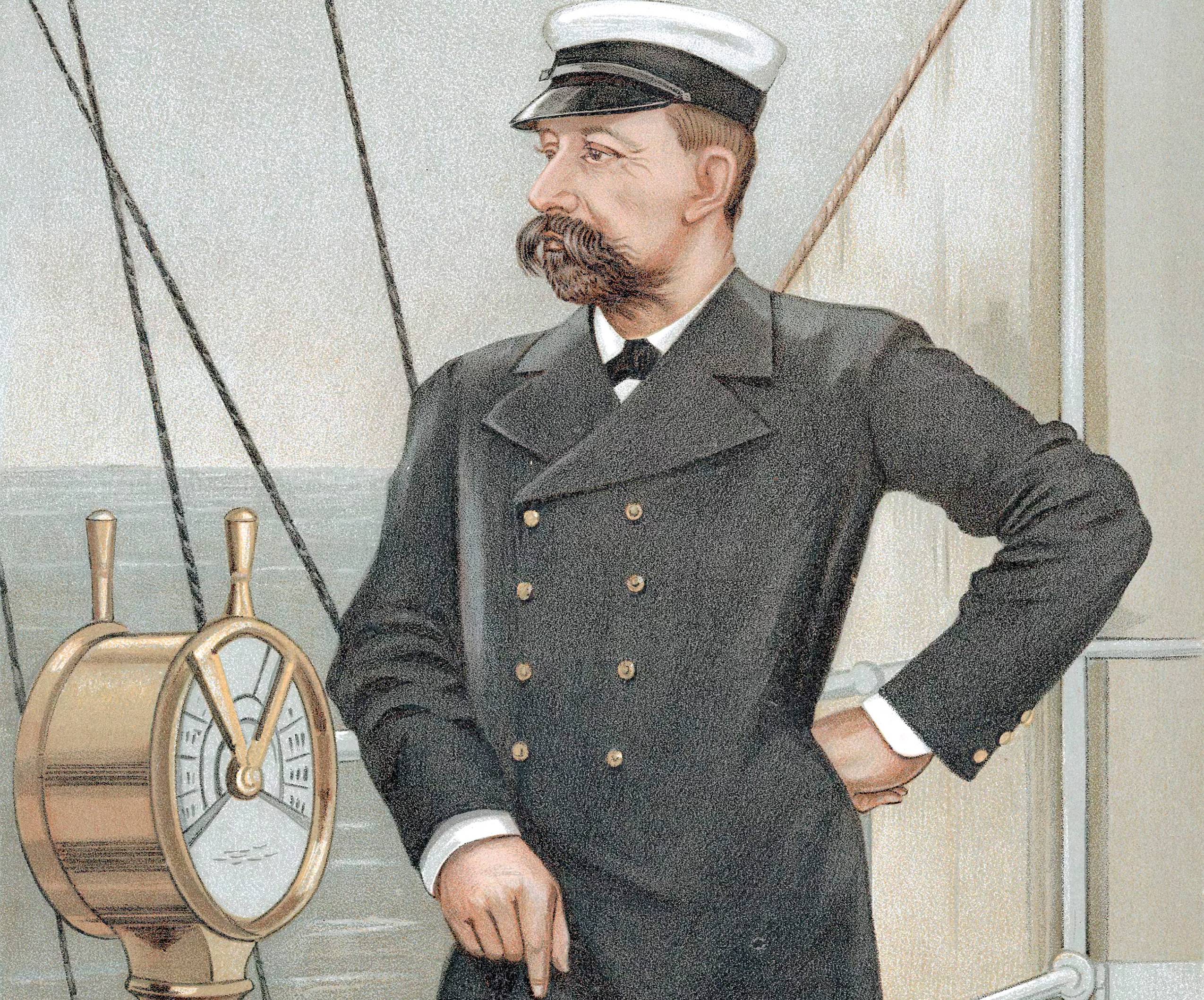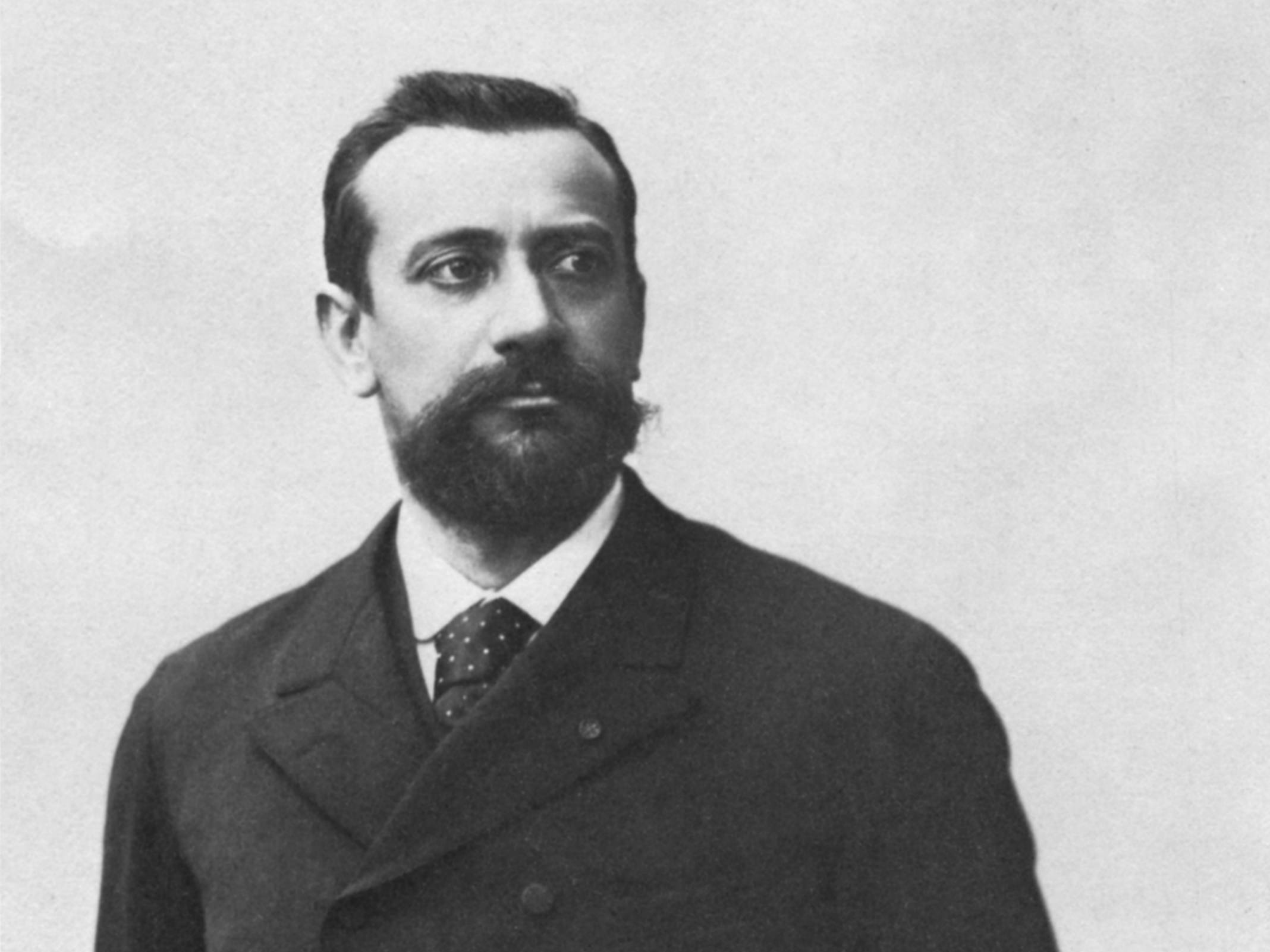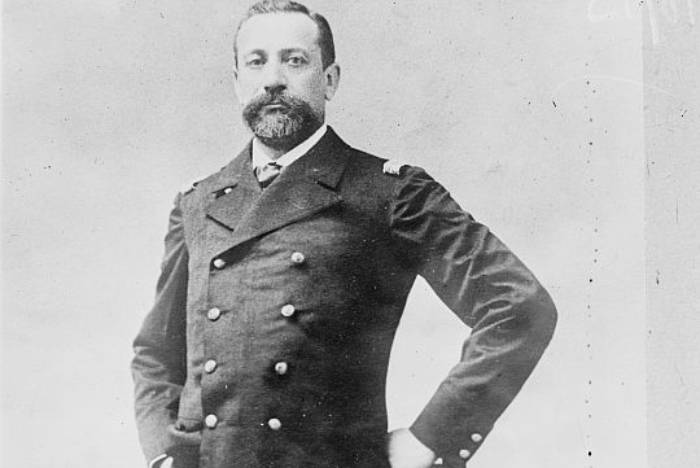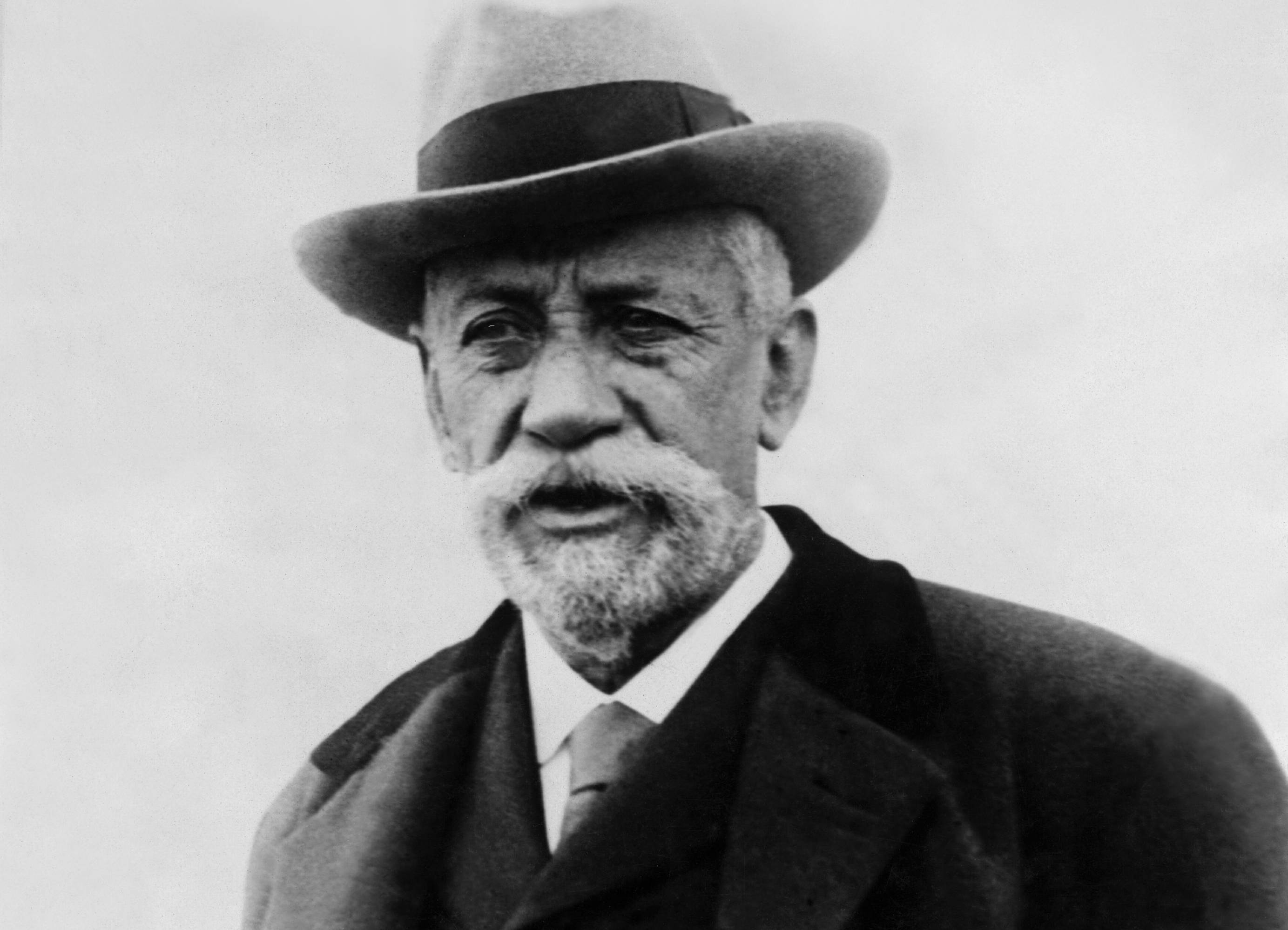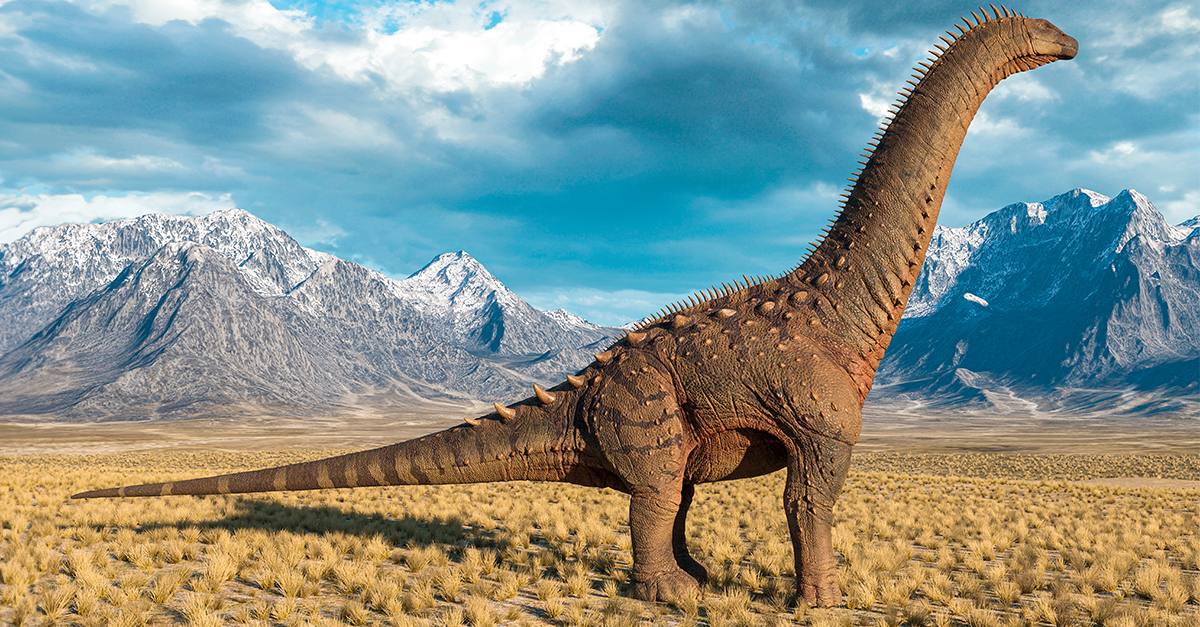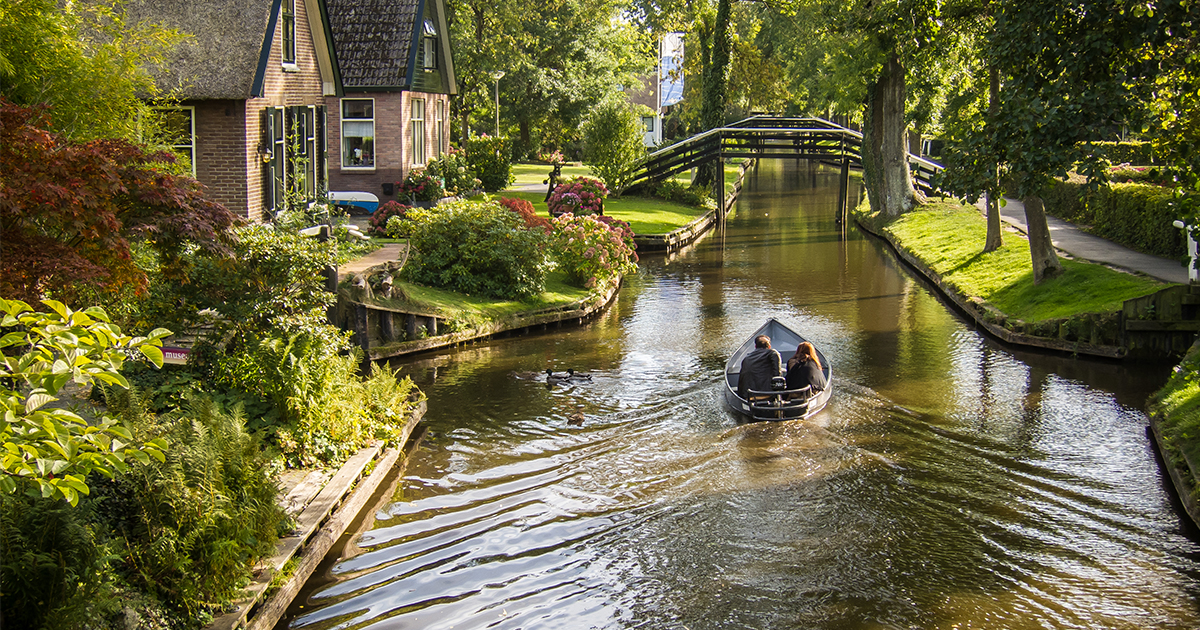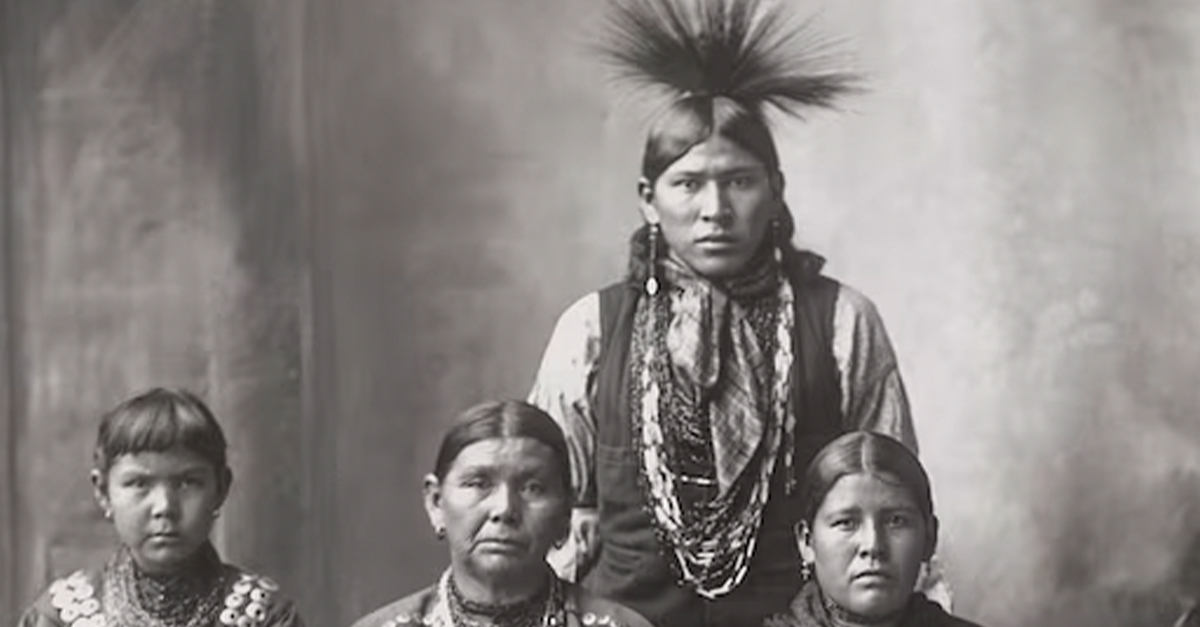The Man Who Was A Scientist First & Ruler Second
Prince Albert I was a revolutionary leader for the small European nation of Monaco. He succeeded his father, Prince Charles III, on September 10, 1889. Much of the Prince's early life was devoted to science, oceanography, and sailing. Let's relive how Prince Albert I explored the seven seas and charted a new course for European rulers, becoming one of history's most highly educated and intrepid monarchs.
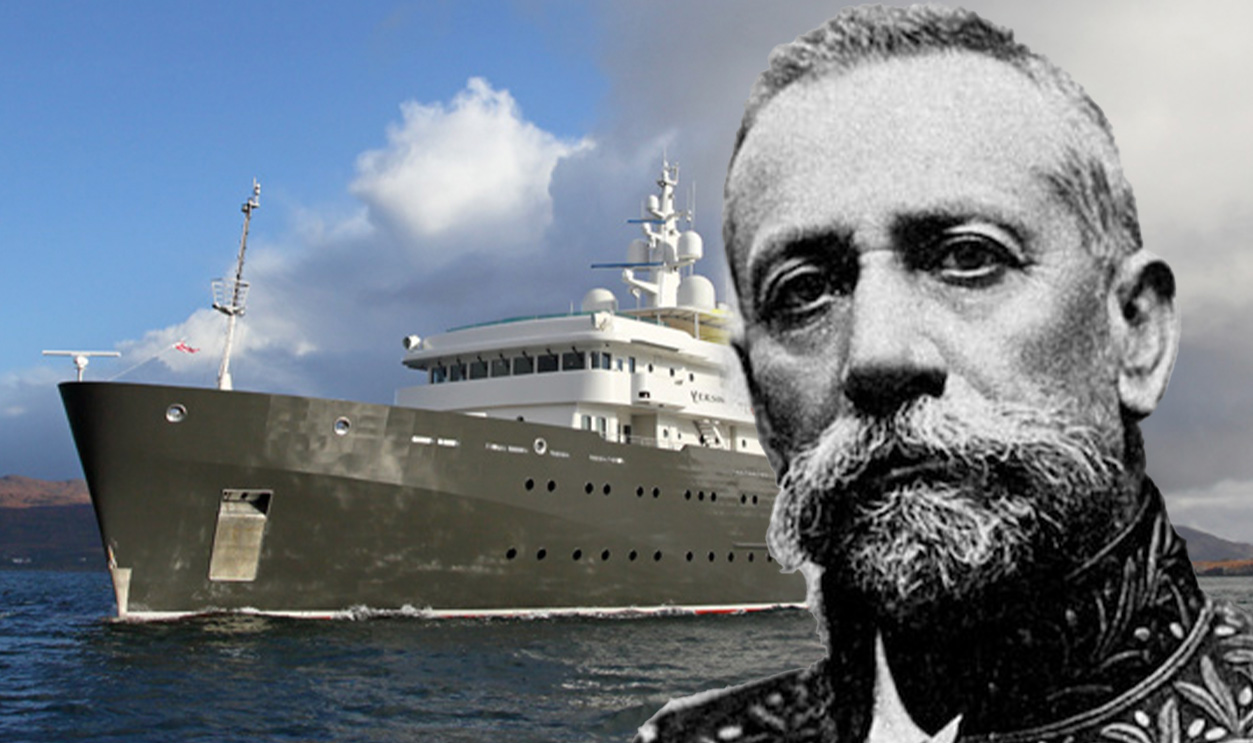
The Early Life Of Prince Albert I
Prince Albert, born on November 13, 1848, to Prince Charles III and Countess Antoinette Ghislain de Merode of Belgium, likely developed his love of exploration during his formative years. He frequently traveled to Monaco, Spain, France, and other European countries with his parents.
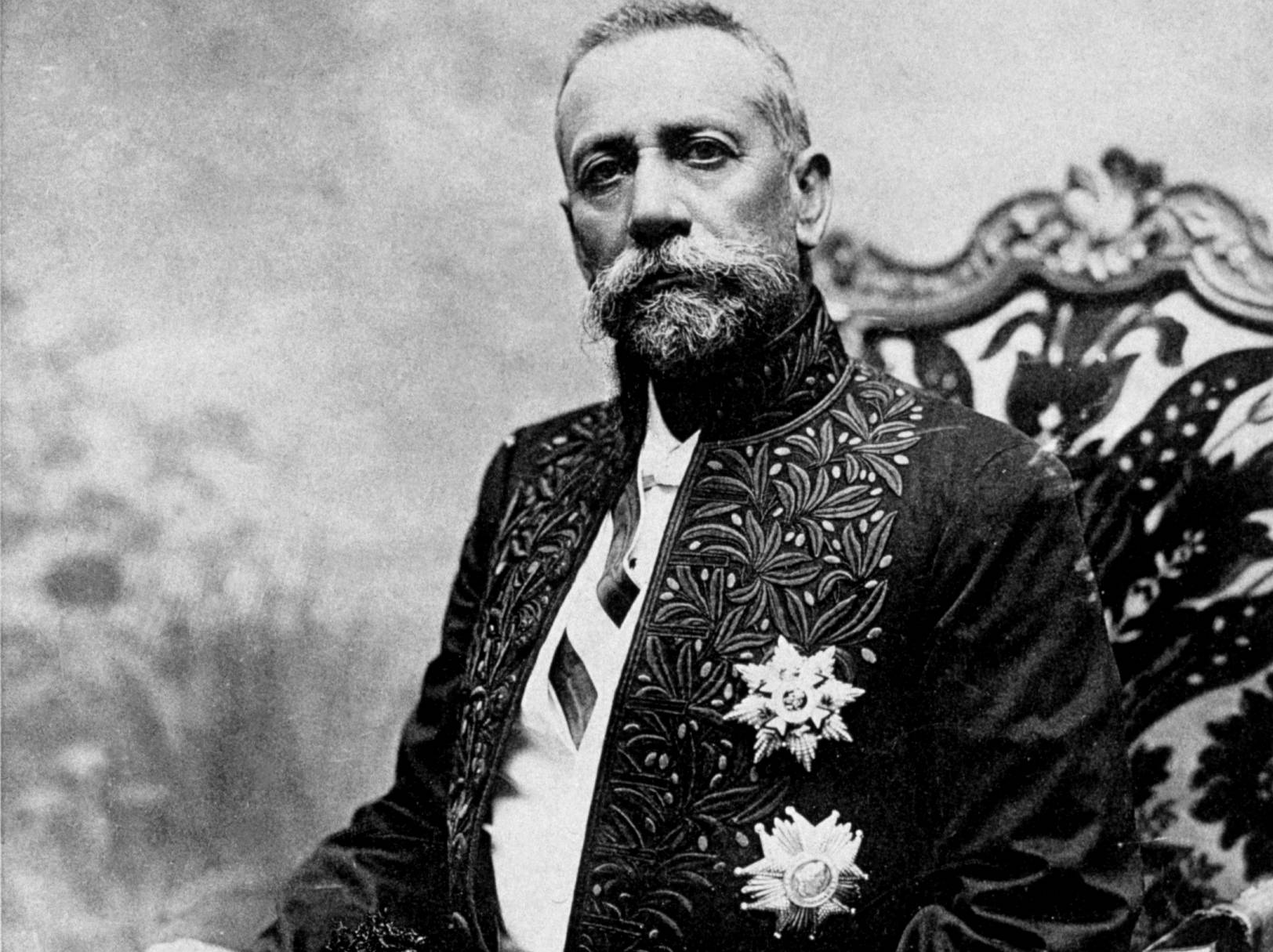 J. B. E. Detaille, Wikimedia Commons
J. B. E. Detaille, Wikimedia Commons
Instilling A Curiosity Within Albert
Aside from his familial travels, Albert spent much time at the family castle in Marchais, Northern France. The castle was surrounded by a vast wooded area with many small ponds for the young Albert to explore—but the rugged terrain required a good walk or a ride on horseback. These early forays into the forest with his father instilled acute observational skills in the young Prince—the makings of a scientist.
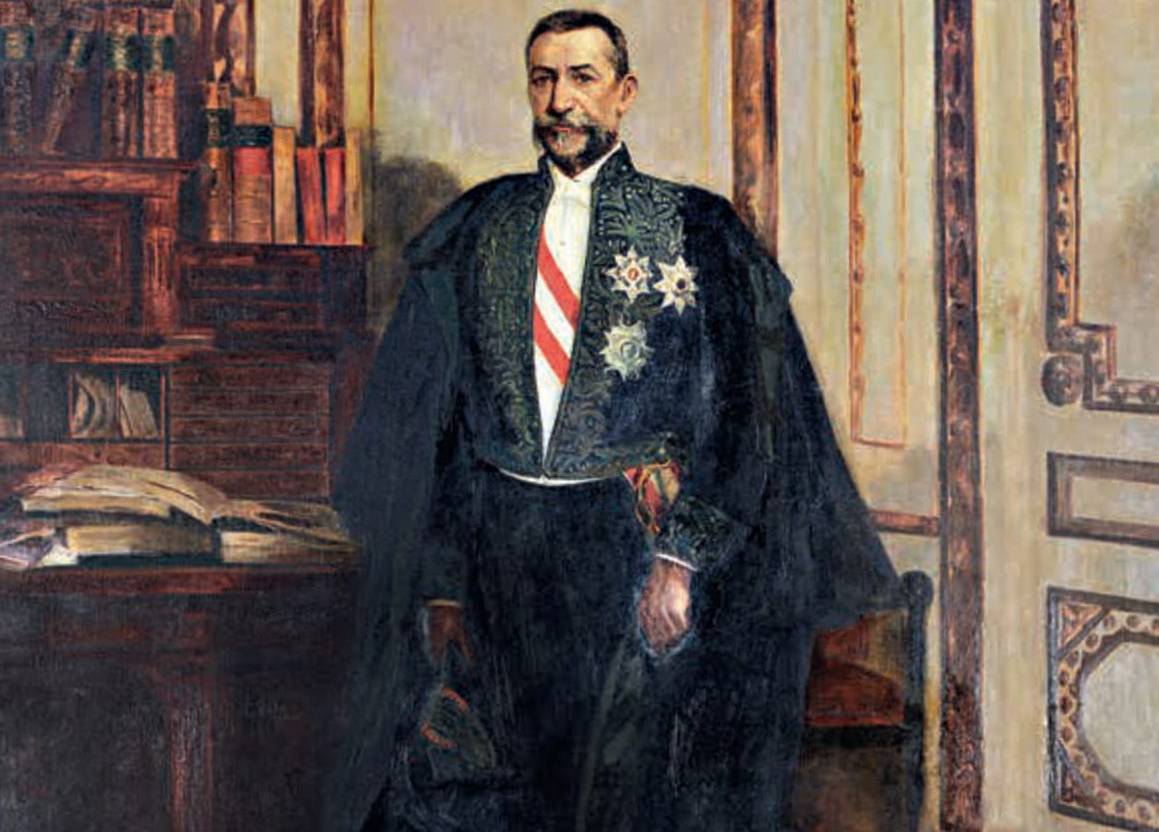 Prince's Palace of Monaco, Wikimedia Commons
Prince's Palace of Monaco, Wikimedia Commons
Learning Science Early On
While on these walks, Albert's father and the royal courtiers often encouraged the young Prince to learn about plant and animal species. Albert also expressed a keen interest in the sea, as he would often take short, day-long fishing expeditions with Monégasque fishermen.
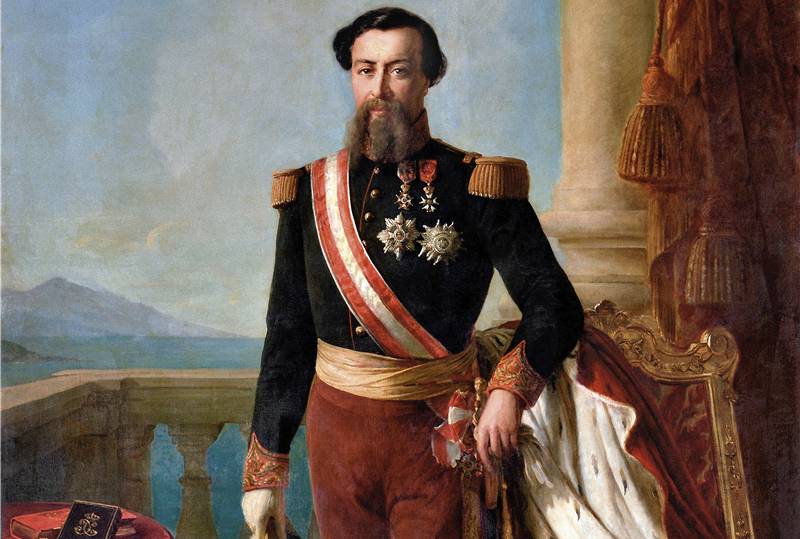 François-Auguste Biard, Wikimedia Commons
François-Auguste Biard, Wikimedia Commons
Joining The Navy
After completing high school at Collège Stanislas in Paris, Albert obtained his father's permission to join the Spanish Navy. Upon completing his training at 18, the young prince joined the Spanish Royal Navy as an ensign and served aboard the training frigate Teutan, traversing the Atlantic Ocean. After this, the Prince spent time on the Gerona, another Spanish ship, sailing to Cuba, Puerto Rico, and the United States.
 Armada Española (persona juridica), Wikimedia Commons
Armada Española (persona juridica), Wikimedia Commons
Returning To Europe & Buying His First Ship
After the Prince's service in the Spanish Navy ended in 1868, he returned to Europe and purchased a small cutter—a type of sailing ship with two, sometimes three sails and a single mast. He used his new ship to sail around the harbors of Monaco and traveled from Tuscany, Italy, to the Catalan coast of Spain.
From Explorer To Military Officer
Having returned from his various travels in his new cutter, the young prince—then 22—enlisted in the French Navy. He fought during the Franco-Prussian War and was granted the rank of lieutenant by Napoleon III. The war was a short, six-month affair, beginning after Otto von Bismarck (the Prussian Prime Minister) wanted to unite the Germans and Prussians under one banner—which angered Napoleon III of France, who declared war in June 1870.
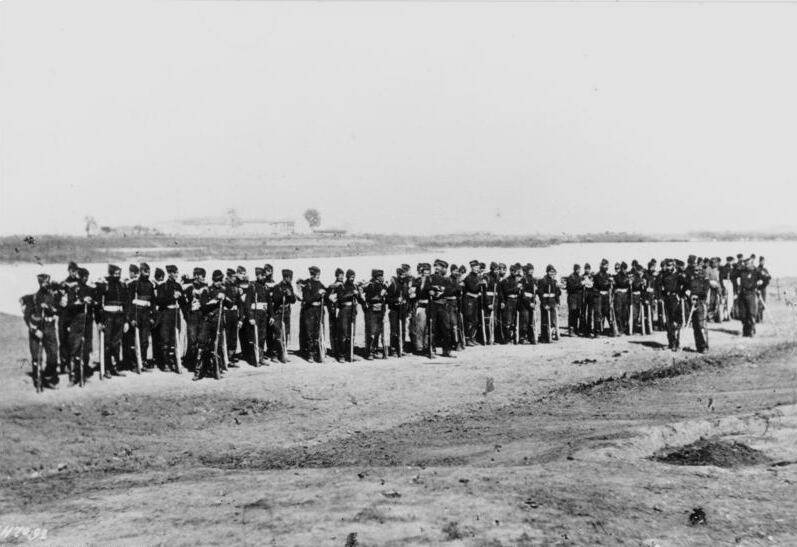 Bundesarchiv, Bild, CC-BY-SA 3.0, CC BY-SA 3.0 DE, Wikimedia Commons
Bundesarchiv, Bild, CC-BY-SA 3.0, CC BY-SA 3.0 DE, Wikimedia Commons
Leading From The Front: Albert's Men Fight In Major Battles
Led by the beloved prince, Albert I's men fought in major battles during the war, protecting the French villages of Sissonne and Marchais (where his family's castle is located) from Prussian attack. Albert's bravery and successful repulsion of enemy forces resulted in Albert receiving the Legion of Honor, one of the highest medals for bravery in the French Armed Forces.
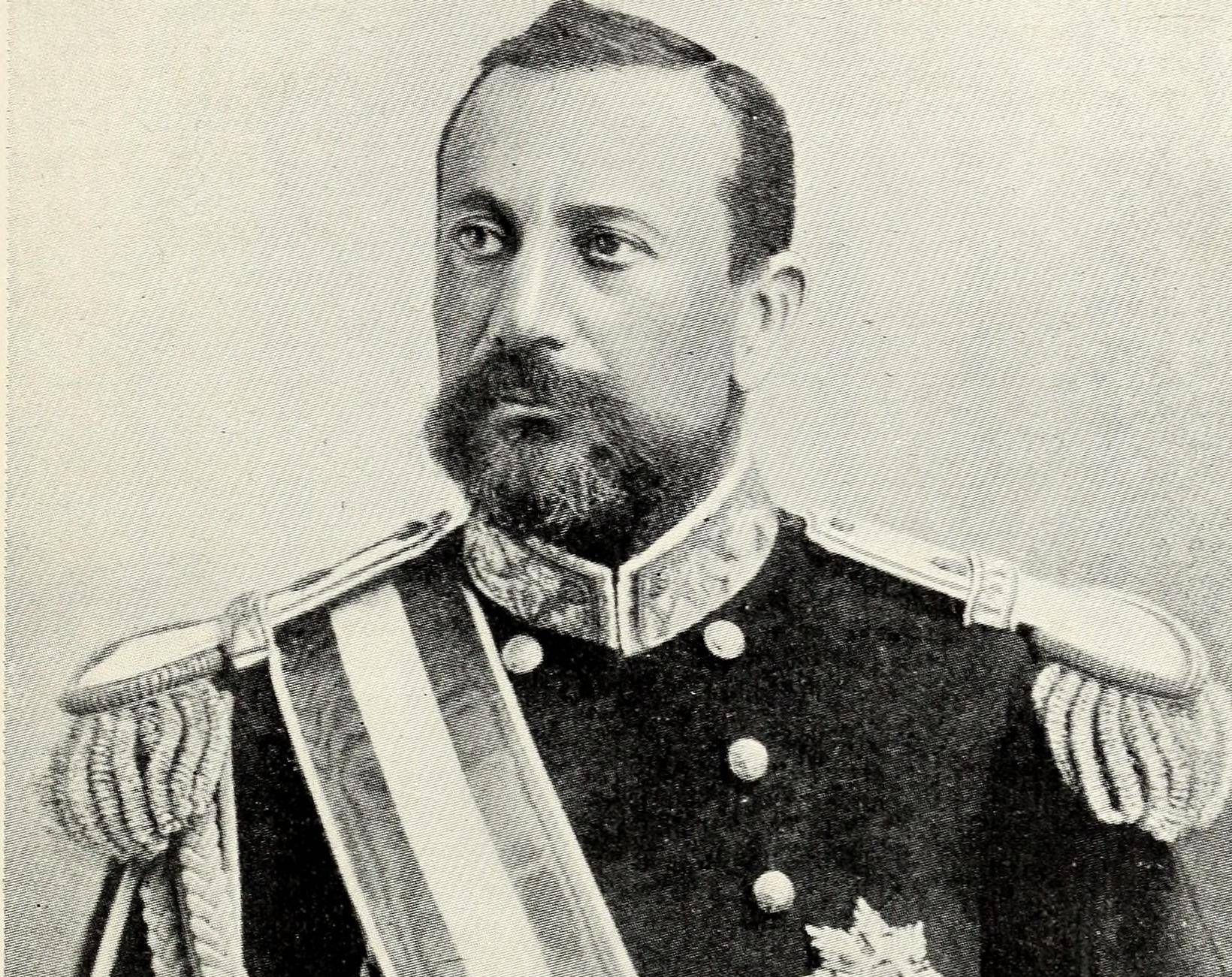 Internet Archive Book Images, Wikimedia Commons
Internet Archive Book Images, Wikimedia Commons
Albert's First Wife Abandons Him During Fighting
Unfortunately for Prince Albert, his first marriage to Mary Adelaide of Cambridge—the product of an arranged marriage between the Monégasque Prince and the first cousin of Queen Victoria—became untenable quite quickly. Shortly after the birth of their first child, Louis, in 1869, while Albert was fighting in the Franco-Prussian War, Princess Mary left Monaco permanently and dissolved the marriage, without so much as a "Dear John" letter. Harsh.
 possibly official photo, Wikimedia Commons
possibly official photo, Wikimedia Commons
Returning To Monaco After The War
After the Prussians beat back the French in 1871 and the French Empire collapsed, Monaco's prodigal son would return home and continue exploring to his heart's content. He would explore the land and seas around Monaco before replacing his beloved cutter with a 104-foot schooner, L'Hirondelle, that would see him on his next major sea voyage.
From The Mediterranean To Mainland Europe
Further sea voyages were afoot for the mid-20s prince of the realm: He took L'Hirondelle from Monaco to the western Mediterranean in 1876 and 1877. A year later, he explored the Canary Islands, Madeira, and the Azores of Portugal in 1879. Three years later, the prince sailed to the British Isles and Iceland. These experiences gave him new credence as a naval officer, making him less a "navy man by status" and more a true sailor in his own right.
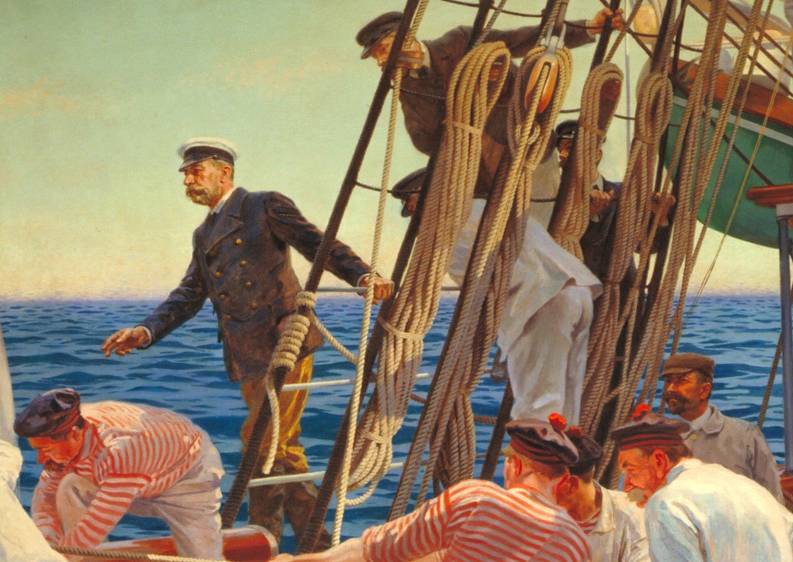 Bbmanu92, CC BY-SA 4.0, Wikimedia Commons
Bbmanu92, CC BY-SA 4.0, Wikimedia Commons
The Beginnings Of Albert's Science Career
Despite being an established navigator by 1880, Albert wanted to do more than sail the seas. His keen scientific mind took over, and he wanted to understand the oceans and what lay beneath them. This led him to undertake four summer expeditions conducting "underwater dredging" between 1779 and 1883 aboard the French Navy's Travailleur vessel in the Sargasso Sea.
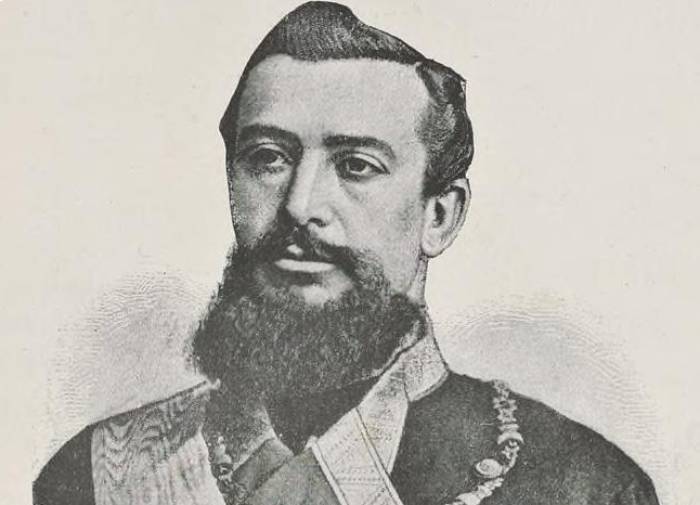 Exposition Universelle d'Anvers, Wikimedia Commons
Exposition Universelle d'Anvers, Wikimedia Commons
What's Special About The Sargasso Sea?
As Albert and his crew would understand, the Sargasso Sea is a region of the Atlantic surrounded by four different currents of water, creating an ocean gyre—or a small vortex. Bermuda is the nearest landmass to the Sargasso Sea. The precise borders of the sea change with the currents, but Albert observed the clear blue water and brown Sargassum seaweed characteristic of the Sargasso Sea.
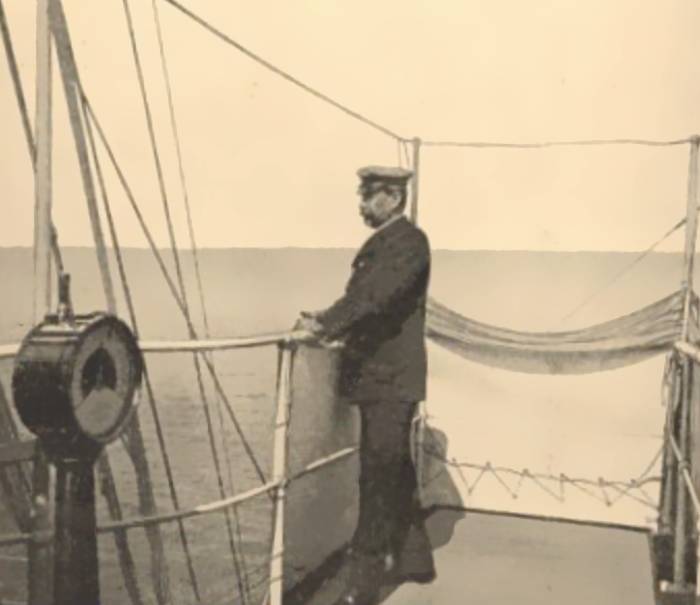 Jules Richard, Wikimedia Commons
Jules Richard, Wikimedia Commons
The Natural History Museum Exhibition Lights The Fire
In 1884, the Natural History Museum in Paris featured an exhibition that detailed the seaweed and other marine life observed and noted by Albert I and his crew aboard the Travailleur. This was said to be the inspiration for L'Institut Océanographique, the world's first oceanography institute, which the Prince founded in 1906. More on that later.
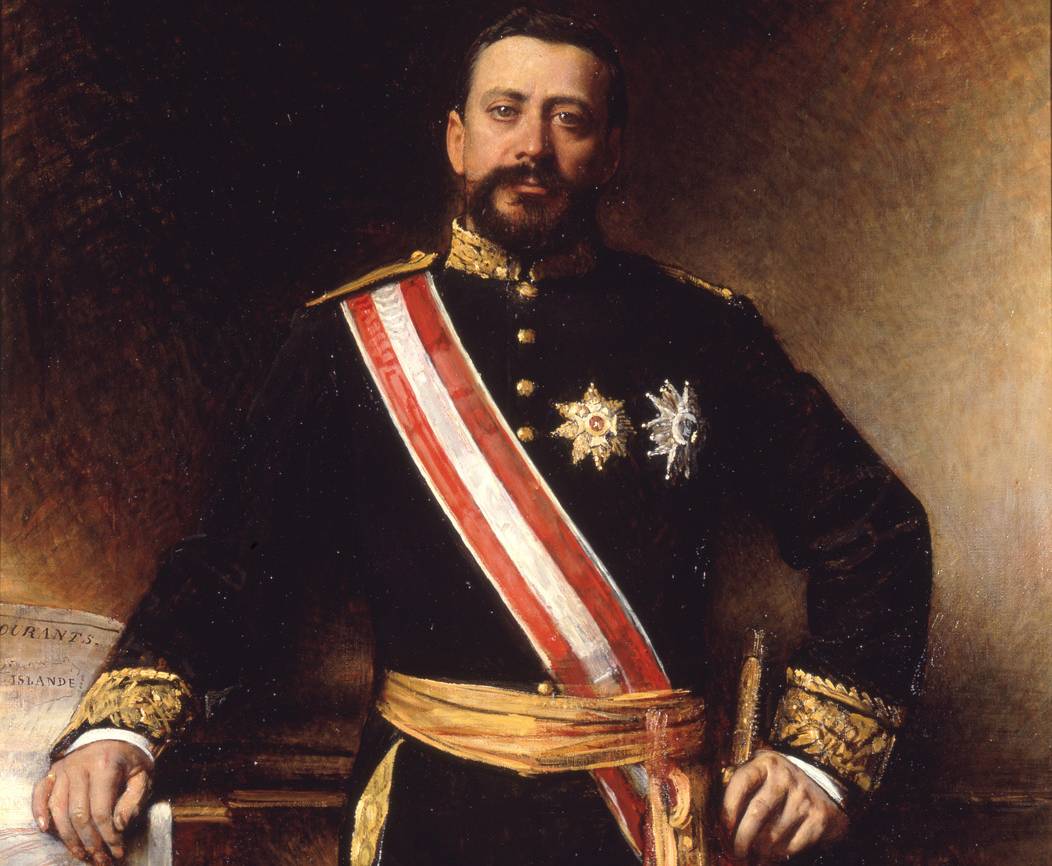 Prince's Palace of Monaco, Wikimedia Commons
Prince's Palace of Monaco, Wikimedia Commons
L'Hirondelle's First Big Research Study
The prince's research ship, L'Hirondelle, was led by the Prince in 1884 and 1885 on two separate studies of the surface of the water in the North Atlantic near the Azores. This operation meant 1,700 floats to capture and preserve animals that lived close to the surface of the North Atlantic Ocean waters to a depth of 3,000 meters below.
L'Hirondelle II Enters Service
For the rapidly expanding expedition sizes and scope, Albert's second schooner, L'Hirondelle II, entered service in 1889, after his previous ship was deemed unsuitable due to the lack of an auxiliary engine, limiting the number of trips and the depths at which they could explore. This meant new and exciting scientific discoveries could be made.
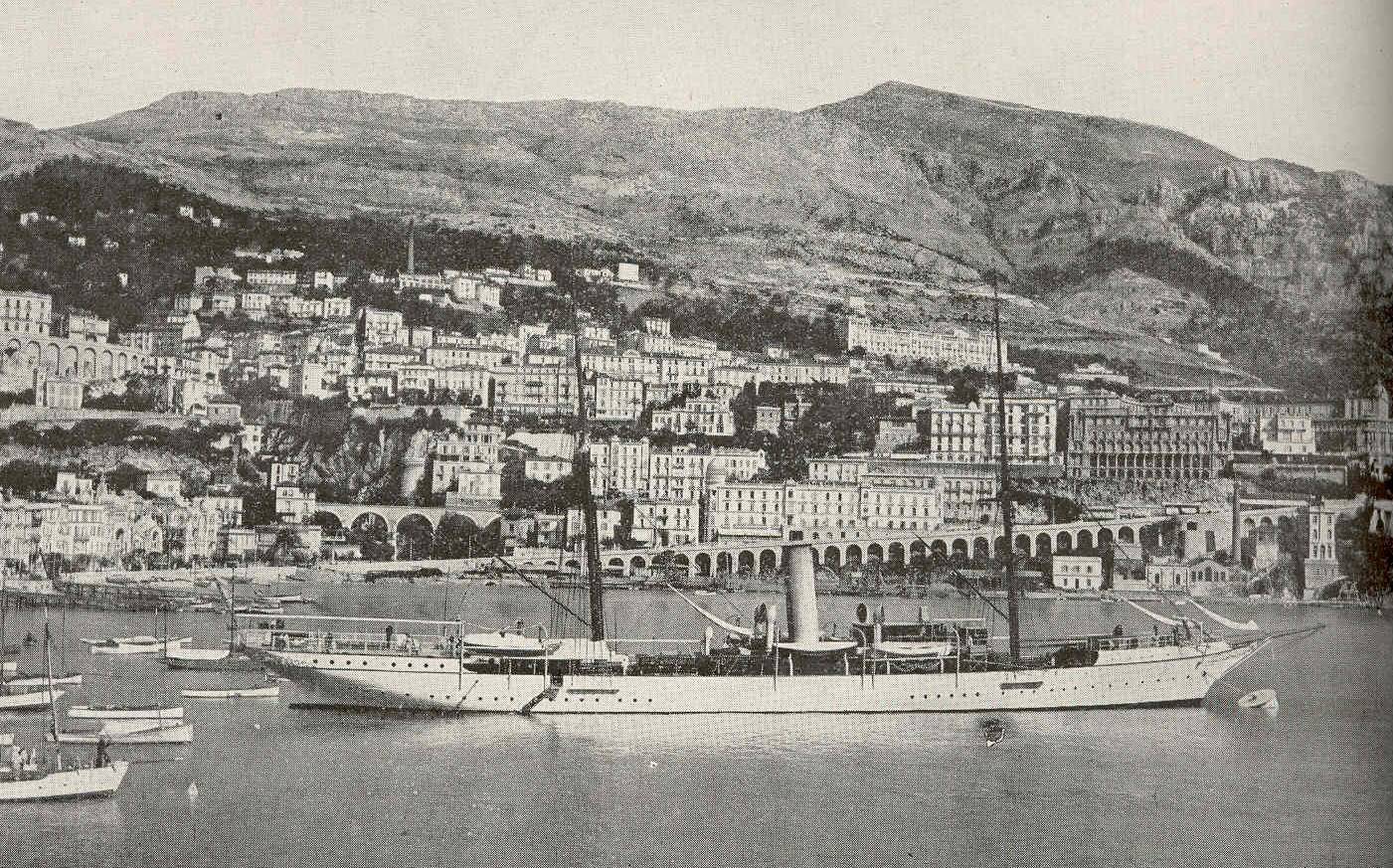 University of Washington, Wikimedia Commons
University of Washington, Wikimedia Commons
The Universal Exhibition Of 1889
Prince Albert I wanted to participate in the Universal Exhibition of 1889—showcasing his latest discoveries aboard the first L'Hirondelle, including materials used, animals collected, photographs, models, and maps of his exploration. Half of the Monaco Pavilion was reserved for his exhibition, which was attended by over 32 million visitors. The universal exhibition that year also included the Eiffel Tower.
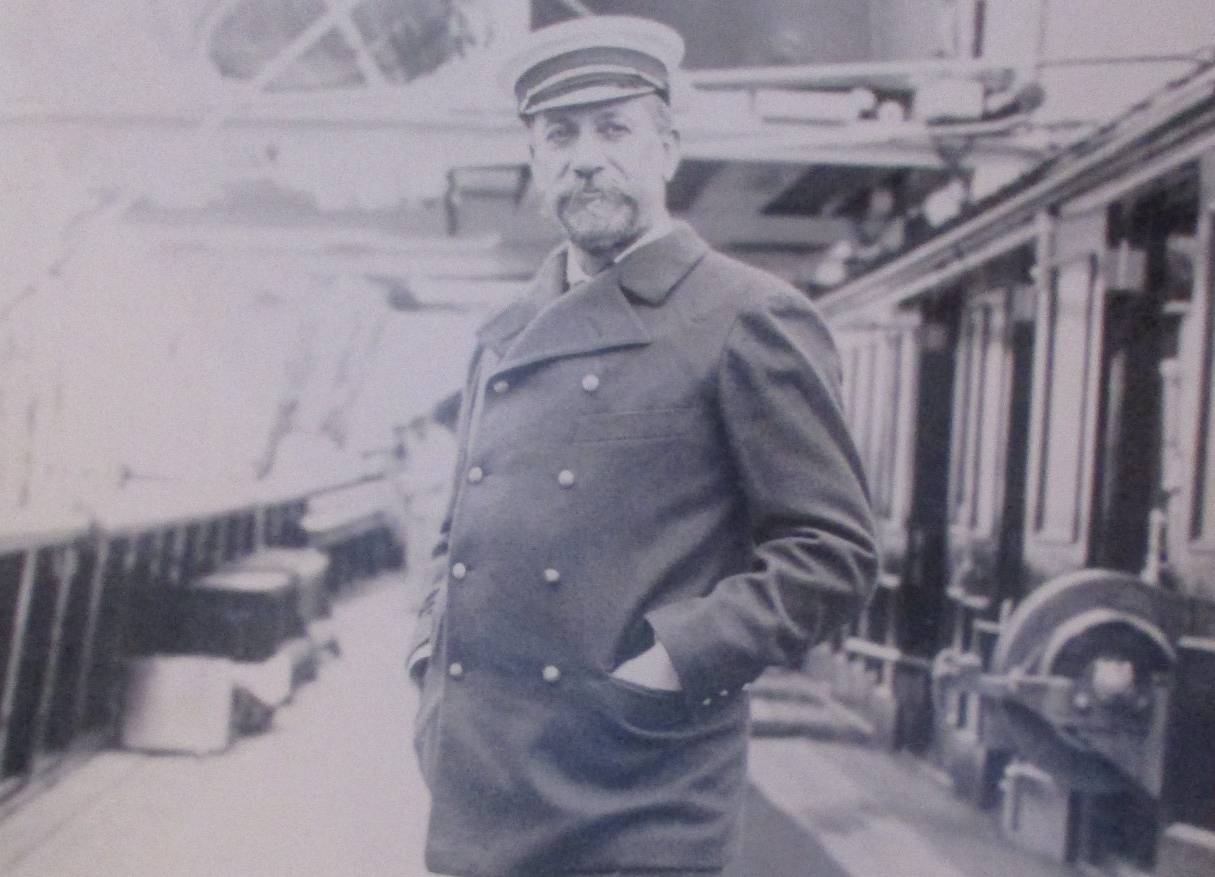 Arnaud 25, CC BY-SA 4.0, Wikimedia Commons
Arnaud 25, CC BY-SA 4.0, Wikimedia Commons
Becoming Sovereign Of Monaco
On September 10, 1889, Prince Albert's father, Prince Charles III, passed away, making his son Albert I of Monaco. Although this meant that the new Sovereign Prince would have to juggle his stately responsibilities with his exploration, Albert saw this as an opportunity to wield his new power.
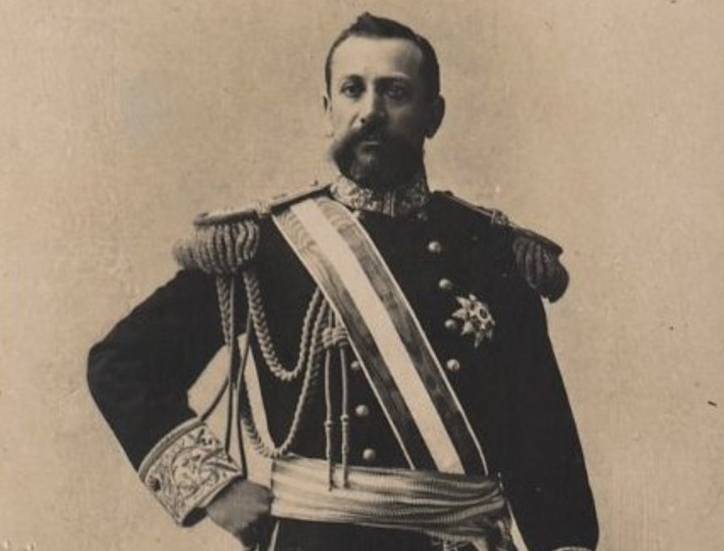 Félix Potin et Cie (vers 1900), Wikimedia Commons
Félix Potin et Cie (vers 1900), Wikimedia Commons
Ordering The Building Of Princess Alice
Among his first decrees as the new Monégasque sovereign was to order the building of a purpose-built oceanographic exploration ship, the Princess Alice (after his second wife). This was to be 173 feet long and have all the latest technologies: electric lighting, cold rooms, a seawater distillery, three laboratories with rolling tables and lighting tables were also to be installed. The ship was built by Green Shipyards in London and launched in 1891.
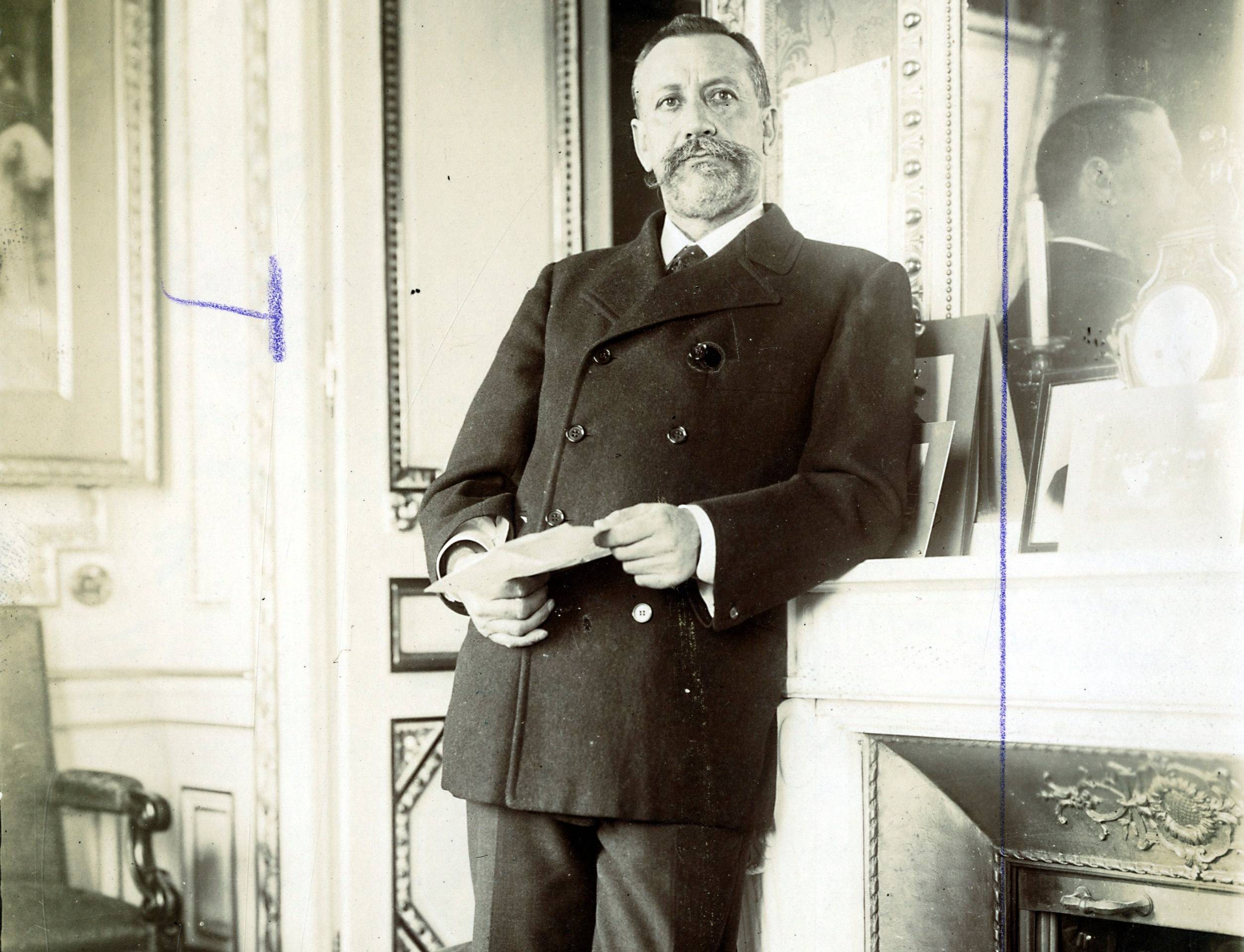 Unknown Author, Wikimedia Commons
Unknown Author, Wikimedia Commons
A Second Yacht Built To Accomodate Larger Expeditions
Despite conducting seven expeditions with Princess Alice, Albert wasn't satisfied and wanted an even larger ship to explore greater depths and travel farther, faster, with a 1,000-horsepower engine. Completing seven campaigns between 1898 and 1910, including four of the most famous of Albert's expeditions: to Svalbard and the Arctic.
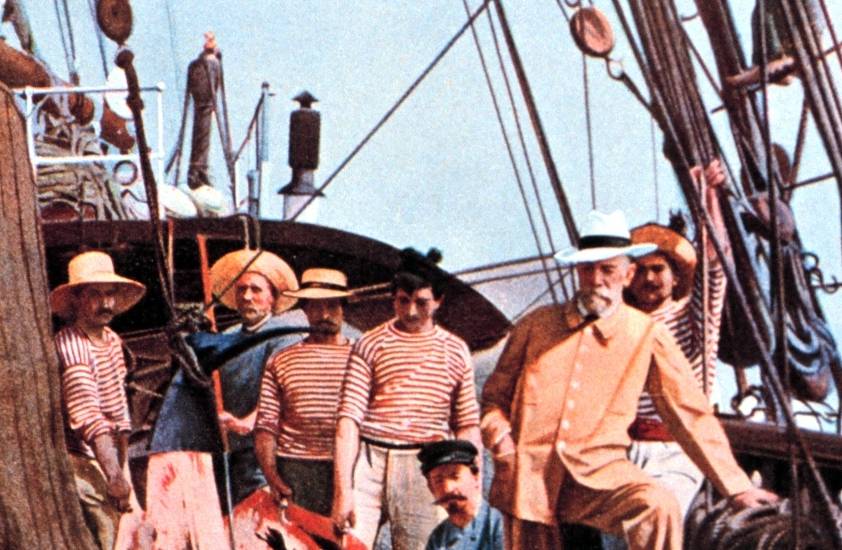 Archival Photography by Sean Linehan, Wikimedia Commons
Archival Photography by Sean Linehan, Wikimedia Commons
Albert's First Expedition To Svalbard
In the summer of 1898, Albert I and his crew made a harrowing journey from Monaco to Svalbard: a journey of over 2,300 miles, for the purposes of adding to the newly-constructed Oceanographic Museum of Monaco, which was being constructed back home. The returns from this expedition were mostly animals and mapping the currents and other water behavior around Svalbard.
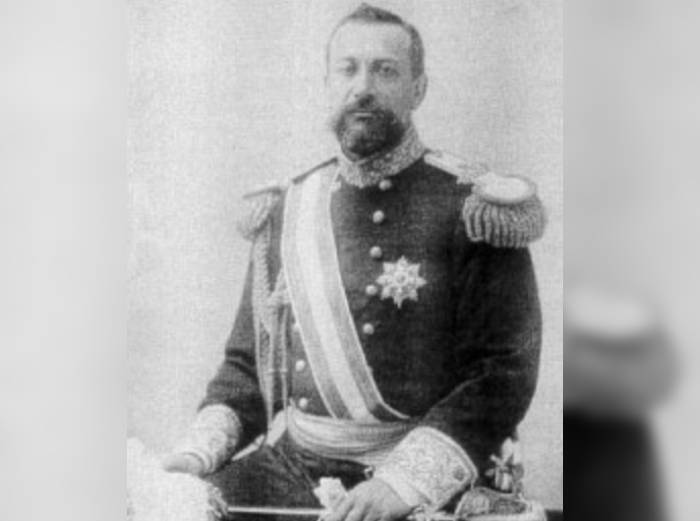 Unknown Author, Wikimedia Commons
Unknown Author, Wikimedia Commons
Albert's Second Svalbard Expedition
One year later, Albert I would return to Svalbard aboard Princess Alice, this time observing the hydrography—the behavior of the waters around Svalbard—and the topography of Raufjorden, a small fjord on the northwestern tip of Svalbard. Braving ocean temperatures of between 3℃ and 7℃, the successful expedition returned with a map of Svalbard's fjords.
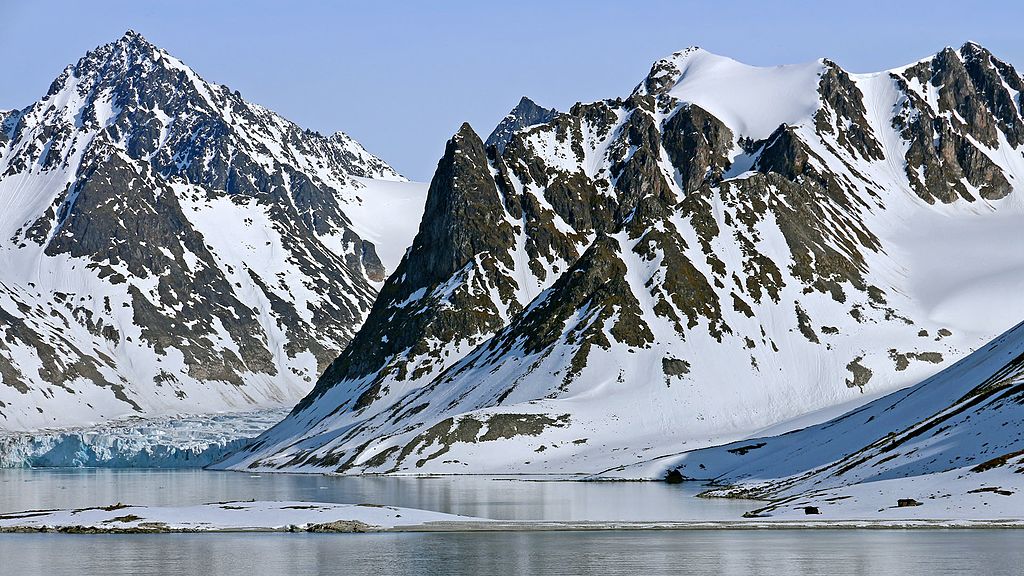 Banja-Frans Mulder, CC BY 3.0, Wikimedia Commons
Banja-Frans Mulder, CC BY 3.0, Wikimedia Commons
Albert Sails South In 1901
In 1901, Albert took Princess Alice to the southern hemisphere to conduct further oceanographic exploration half-way between Cape Verde and Ecuador. Utilizing the Princess Alice's newer technologies, the Prince was able to put down capturing instruments to a depth of almost 20,000 feet, capturing fish and invertebrates. Aboard this vessel were the best of Europe's scientists, who conducted experiments yielding a stunning result.
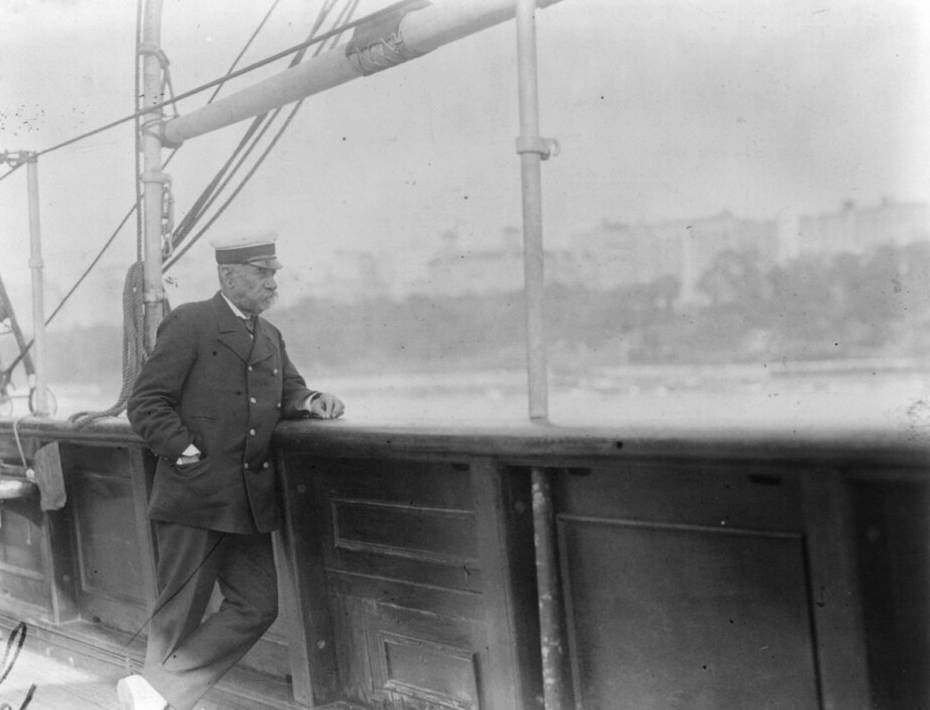 Library of Congress, Wikimedia Commons
Library of Congress, Wikimedia Commons
The Discovery Of Anaphylaxis
Anaphylaxis is a severe allergic reaction that can cause death. The discovery was made by French physiologists Charles Richet and Paul Portier, who conducted experiments on a Portuguese man-of-war dredged up from the waters off Cape Verde aboard Princess Alice. They extracted the venom from the poisonous jellyfish and conducted experiments on dogs, coining the term "anaphylaxis", or "against protection", to describe the phenomenon, which led to the revelation that immunization could lead to harm, rather than protection.
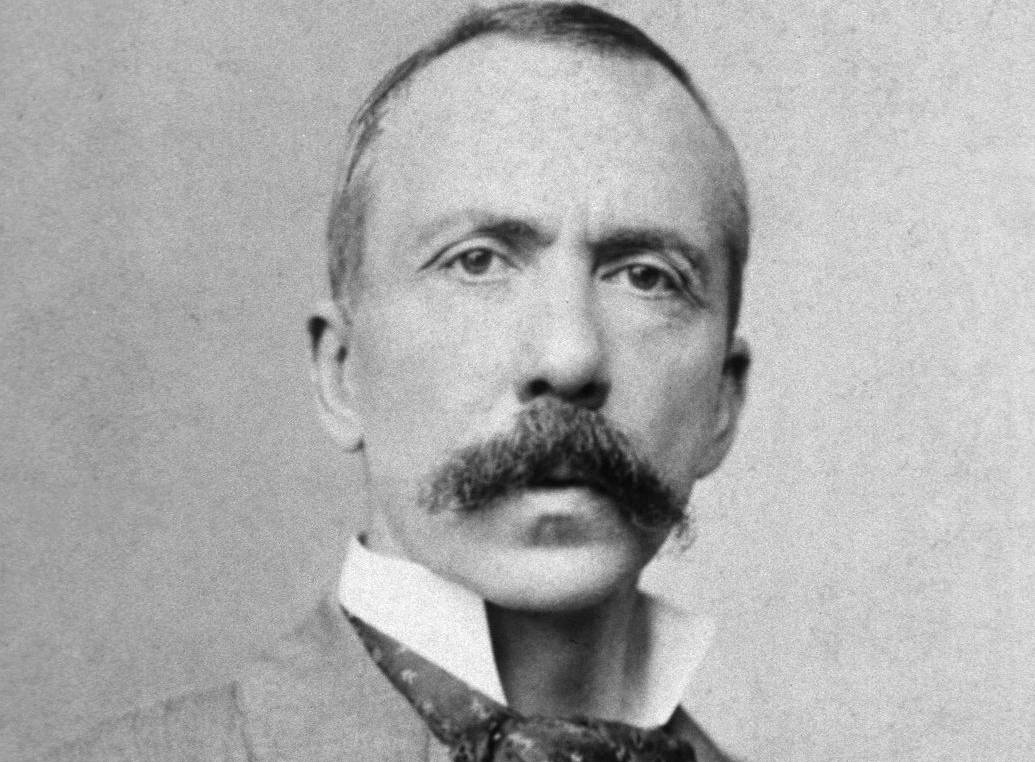 Unknown Author, Wikimedia Commons
Unknown Author, Wikimedia Commons
Another Expedition To Svalbard
Returning from the warmth of the Southern Hemisphere, Prince Albert I commissioned another ship, also named Hirondelle, to journey to Svalbard in 1906. This ship received further upgrades, including a 2,000-hp engine. After this expedition was complete, the Prince provided funding to the Friends of The French National Museum of Natural History Society.
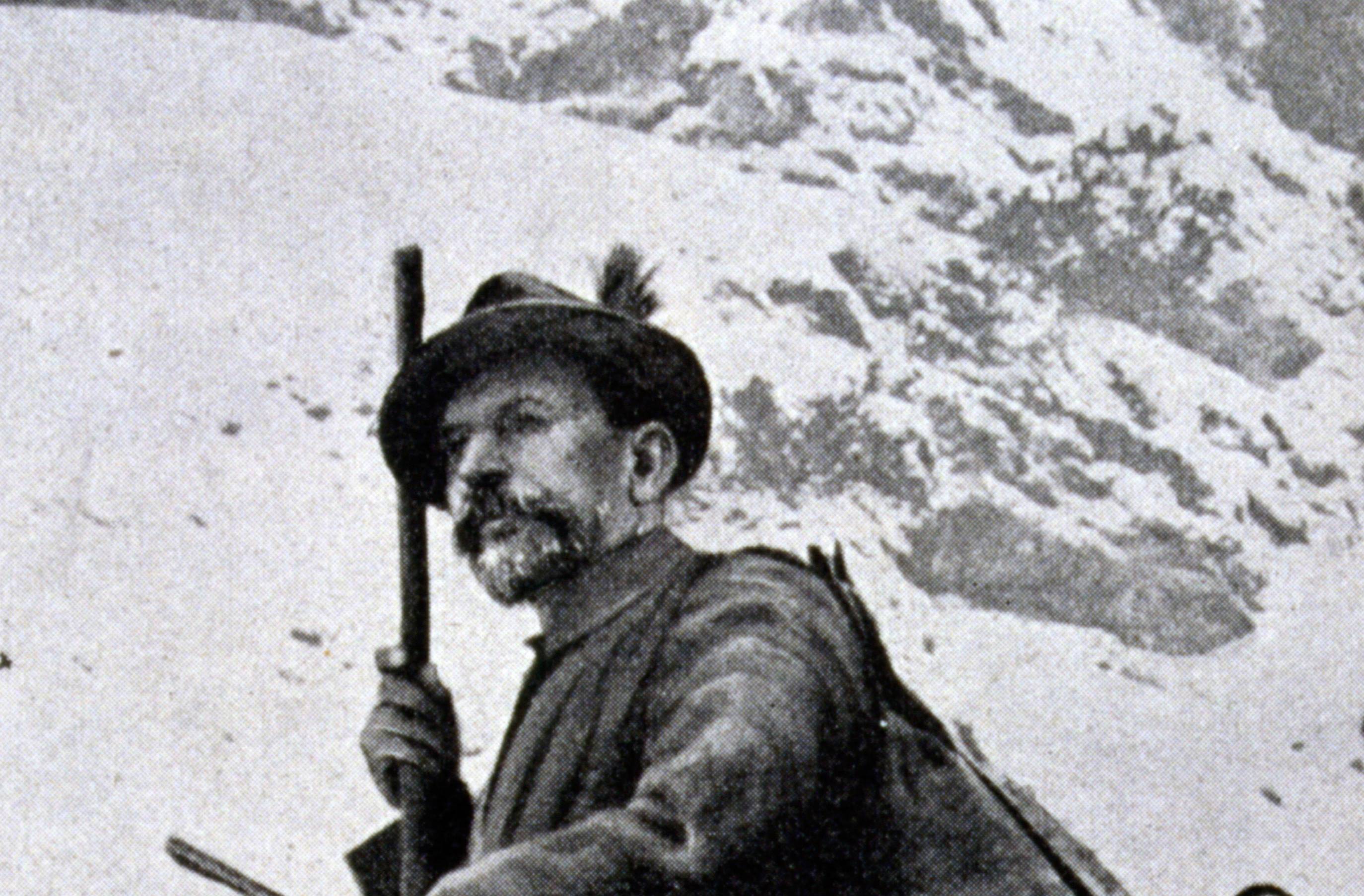 Universal History Archive, Getty Images
Universal History Archive, Getty Images
Joining Societies And Founding A Paleontology Institute
In 1909, Prince Albert I was invited to the Geography Society and British Academy. One year later, he founded and opened the Institute of Human Paleontology in Paris, the first research center in the world to study human fossils. He financed the archaeological expedition that located Grimaldi Man around the turn of the 19th century.
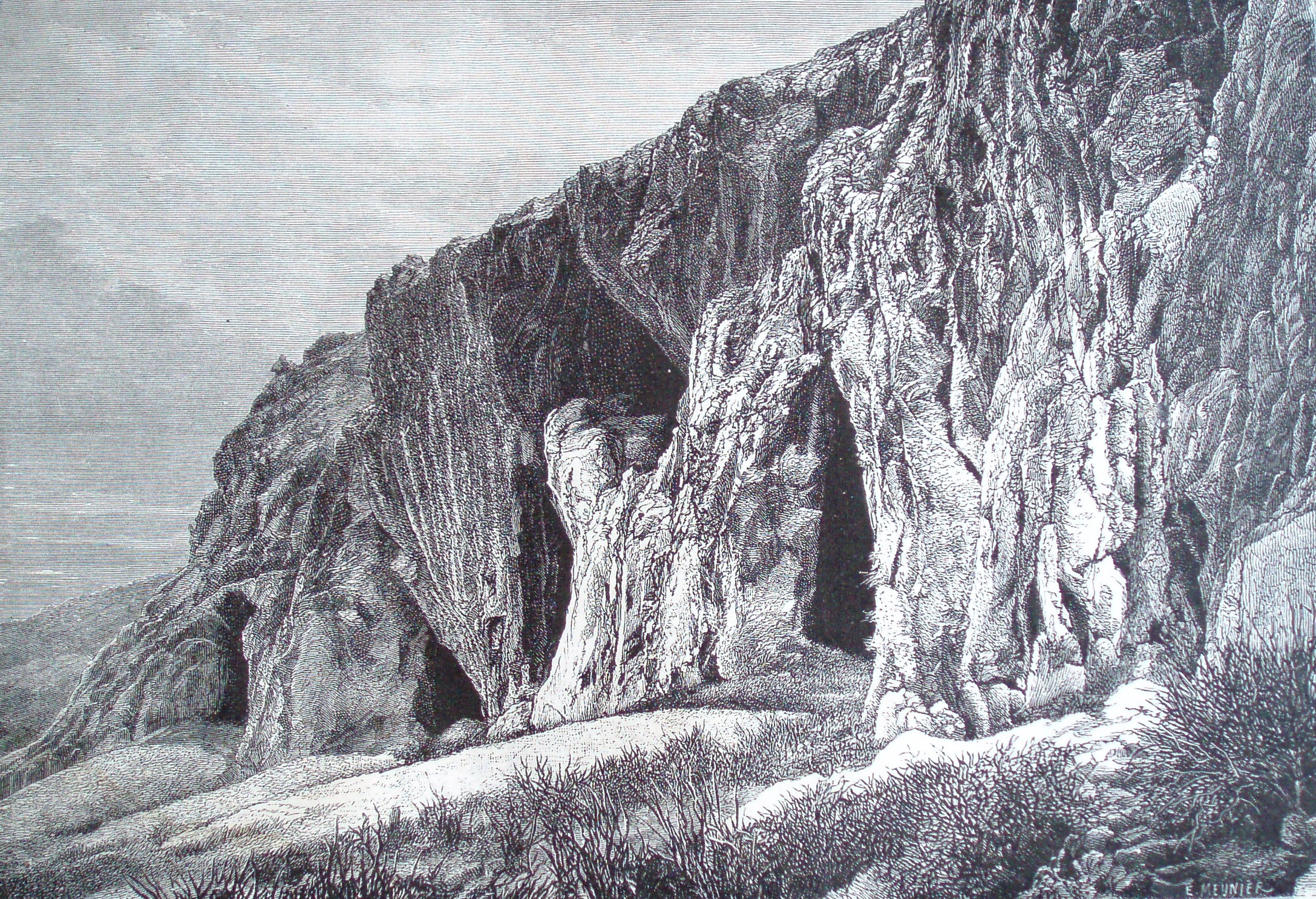 Sorrieu, from a photograph by M. Rivière, Wikimedia Commons
Sorrieu, from a photograph by M. Rivière, Wikimedia Commons
Funding A Groundbreaking Archaeological Discovery
Around the turn of the 19th century, archaeologists in Italy wanted to explore a series of Italian caves, after finding several Stone Age fossils there. These caves were located around the area of Ventimiglia, about seven hours west of Rome on the southern French-Italian border. With funding provided by Prince Albert I, the archaeological digs took place in 1901.
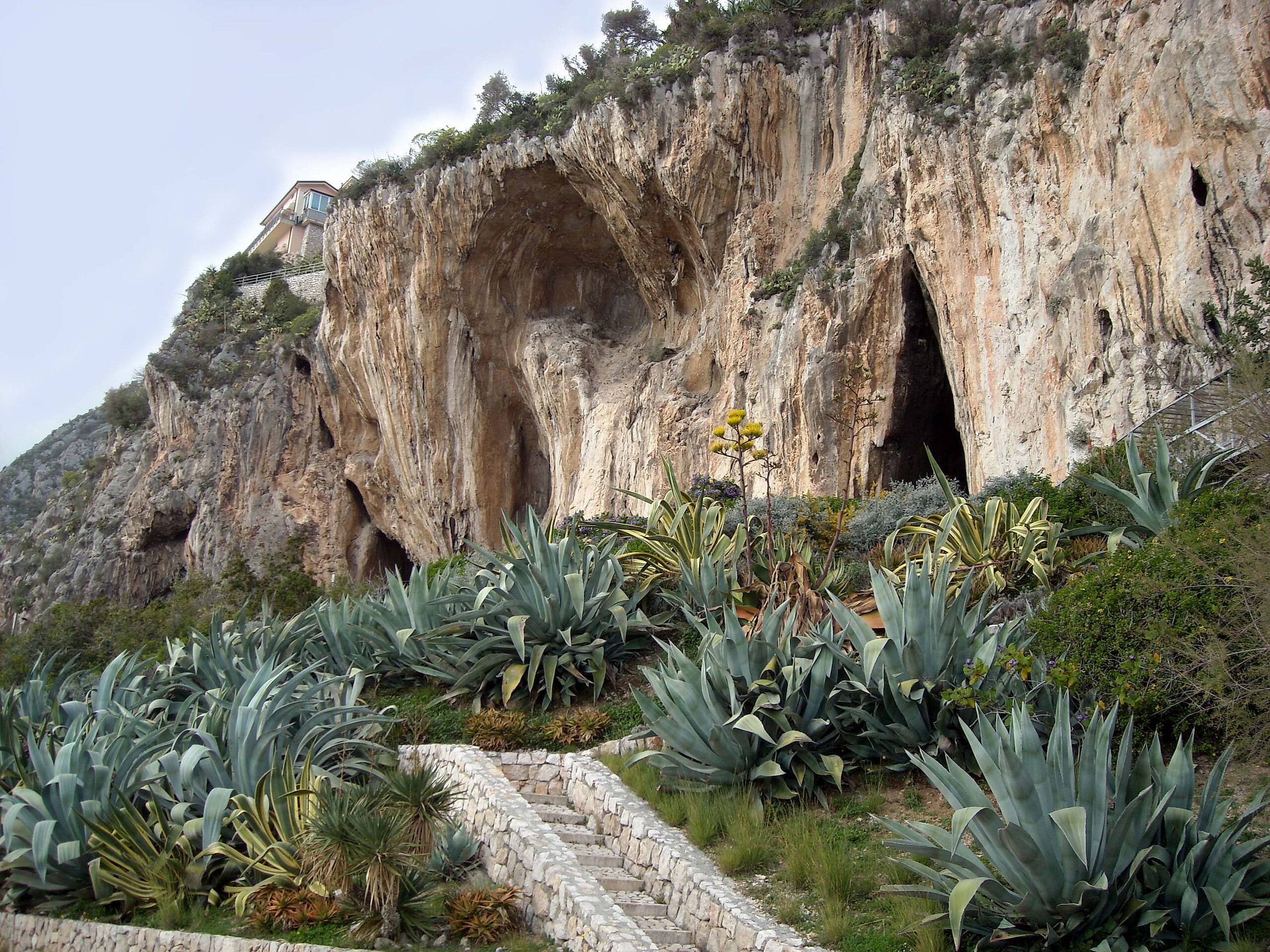 Lemone, CC BY-SA 4.0, Wikimedia Commons
Lemone, CC BY-SA 4.0, Wikimedia Commons
The Discovery Of Grimaldi Man
Archaeologists digging in the area of Ventimiglia caves found the skeletal remains of two humans, thought to be from the Upper Paleolithic era, due to the presence of snail-shell belts. These people were thought to be two children, but were eventually discovered to be one woman and a teenage boy. These discoveries were named "Grimaldi Man", after Prince Albert I, who belonged to the royal house of Grimaldi, Monaco's ruling dynasty.
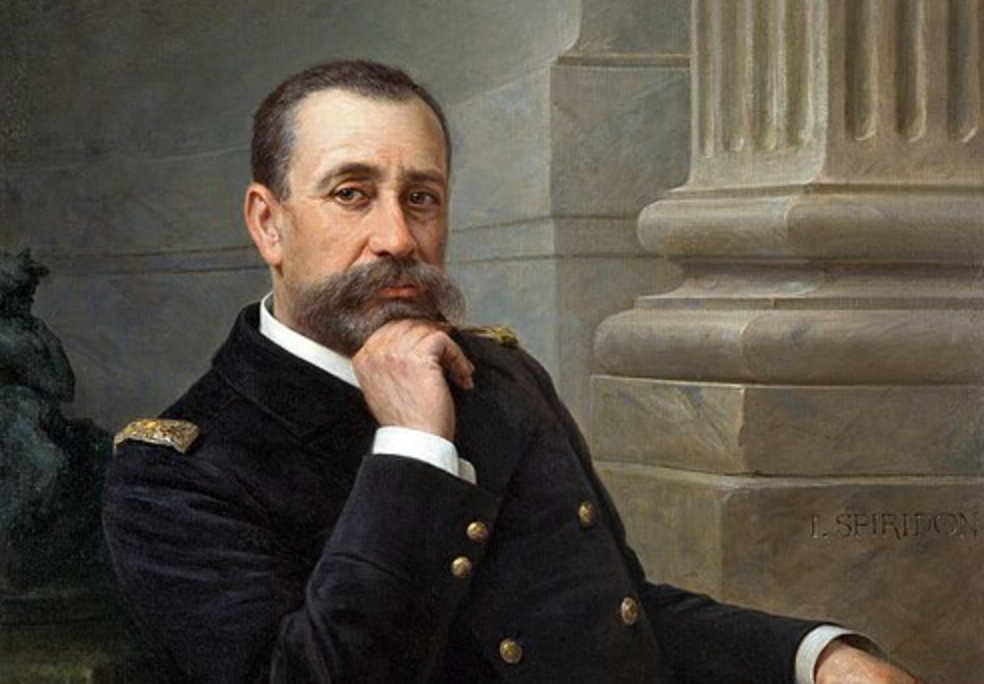 Prince's Palace of Monaco, Wikimedia Commons
Prince's Palace of Monaco, Wikimedia Commons
The Grimaldi Man On Display
Grimaldi Man is now on display at the Museum of Prehistoric Anthropology in Monaco. Much of the face of Grimaldi Man had to be reconstructed and the bodies manipulated to face upward (rather than on their front, as they were when discovered) when the finds were placed on display inside a clear glass case.
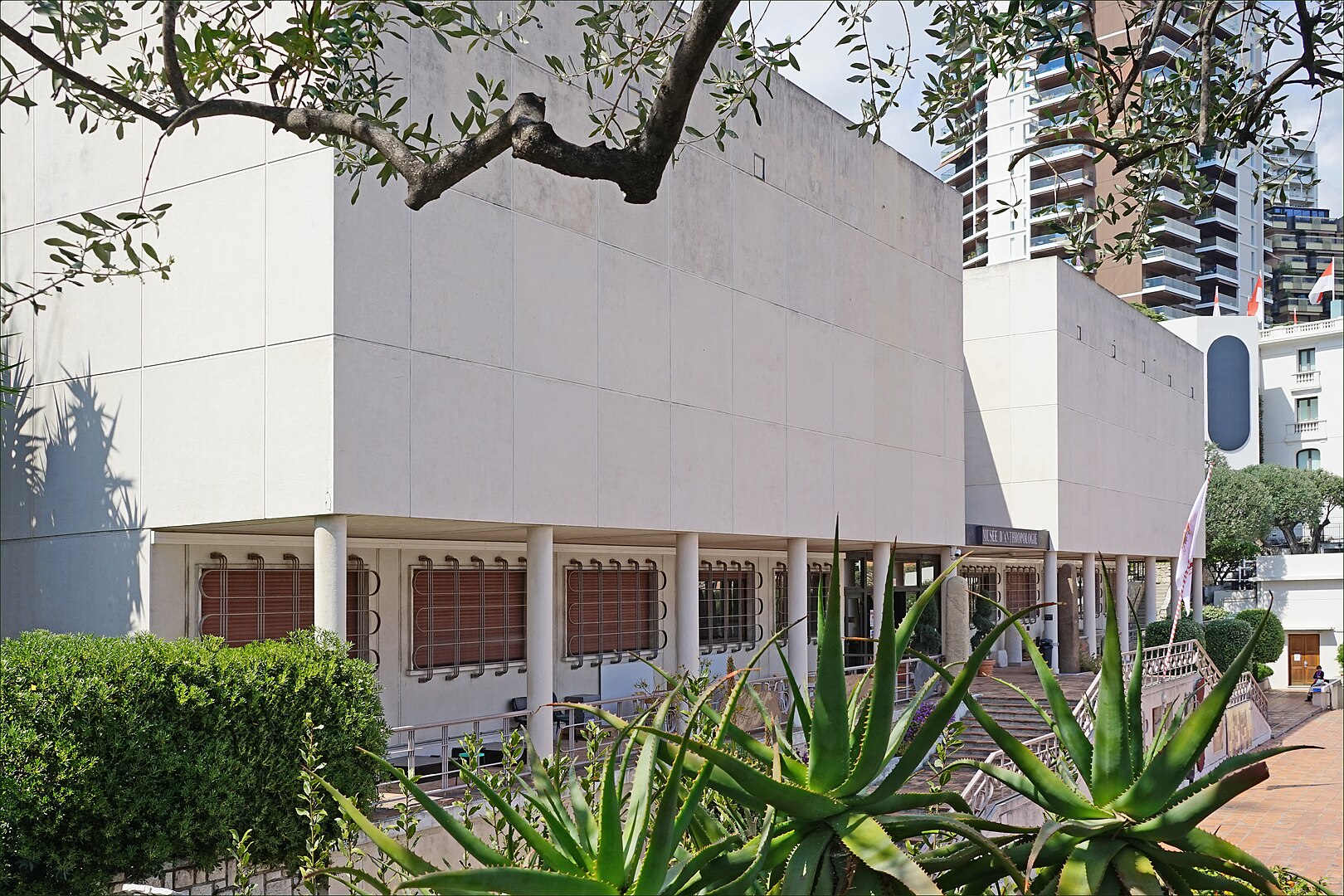 Jean-Pierre Dalbéra, CC BY 2.0, Wikimedia Commons
Jean-Pierre Dalbéra, CC BY 2.0, Wikimedia Commons
The Prince's Oceanographic Instrument Inventions
Prince Albert I, like all true scientists, was never satisfied with his results. He always sought to better them. This, too, extended to the various scientific instruments he would use for his oceanographic exploration. He is credited with inventing or perfecting many instruments, from drag nets, floats, trihedral and hexagonal pots for collecting the specimens, and even a depth sounder.
 Internet Archive Book Images, Wikimedia Commons
Internet Archive Book Images, Wikimedia Commons
The Furtherance Of Public Education In Oceanography
Ensuring that his hard work and passion for the ocean and environmental science wouldn't be lost to the sands of time, the Prince ordered the creation of the above-mentioned Oceanographic Museum in Monaco, which was constructed above the sea, to a height of 279 feet. It incorporated over 100,000 tons of stone and depictions of Prince Albert's oceanographic ships were carved into the frieze of the building.
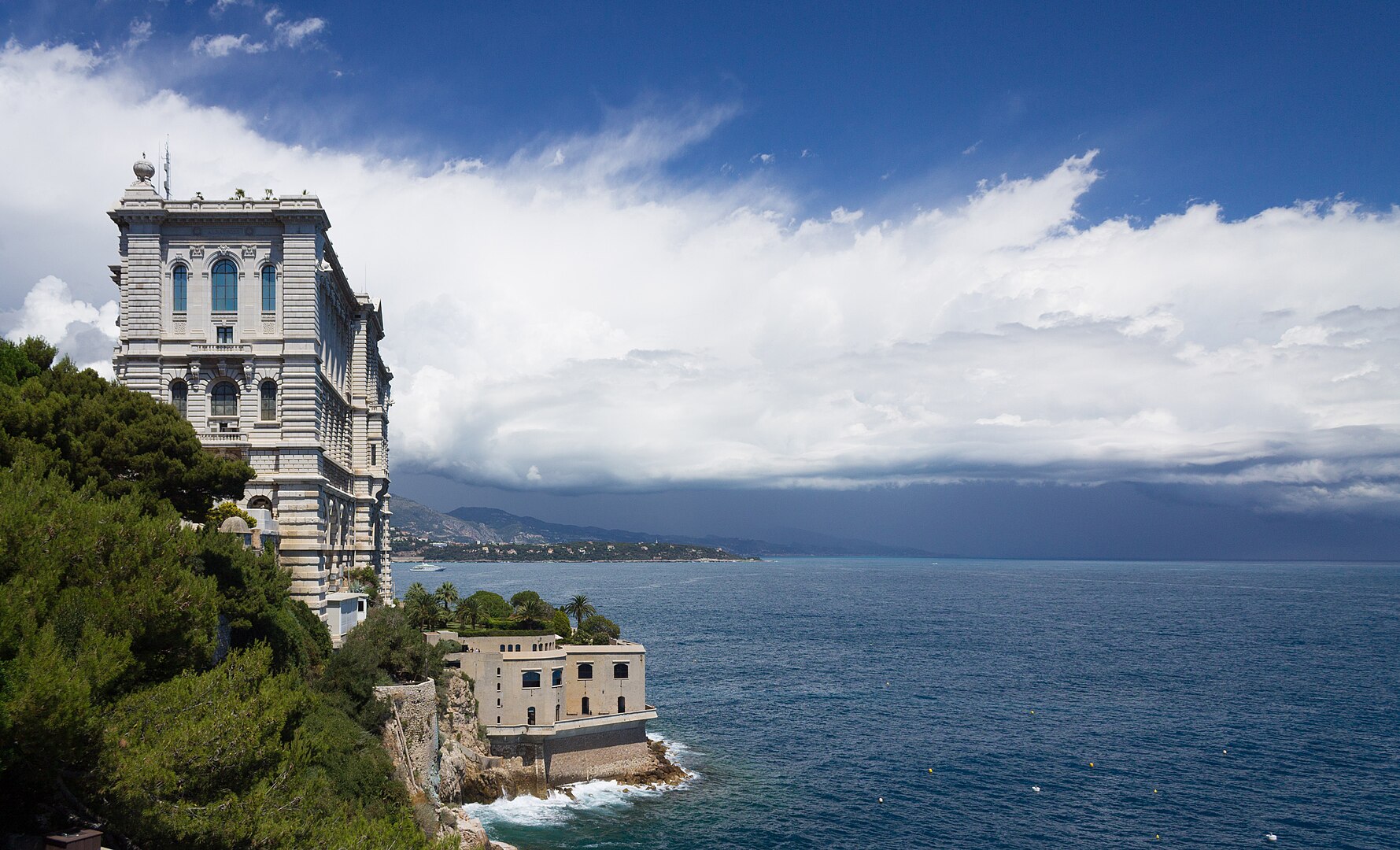 Stanimir Stoyanov, CC BY-SA 4.0, Wikimedia Commons
Stanimir Stoyanov, CC BY-SA 4.0, Wikimedia Commons
Life As A Patron Of The Sciences And Public Speaker
In his later years, as well as being ruler of Monaco, the Prince became a financial patron of many scientific projects and institutions and made many speeches in the early 20th century to colleges and universities in Europe and the United States.
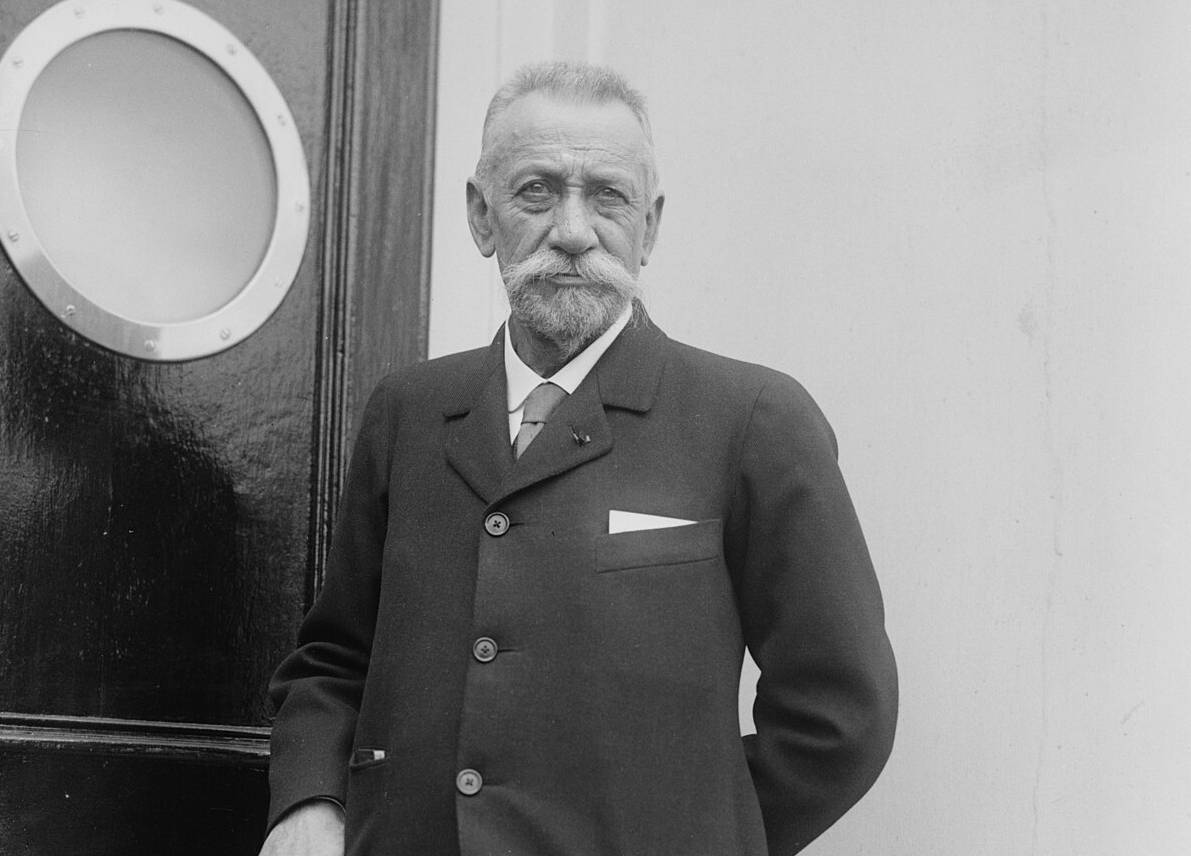 Bain News Service, Wikimedia Commons
Bain News Service, Wikimedia Commons
Award From The US National Academy Of Sciences
In 1918, Prince Albert I was recognized by the National Academy of Sciences in the United States and awarded the Alexander Agassiz medal for contributions to the sciences. Additionally, the US-based Explorer's Club made him an honorary member in 1921.
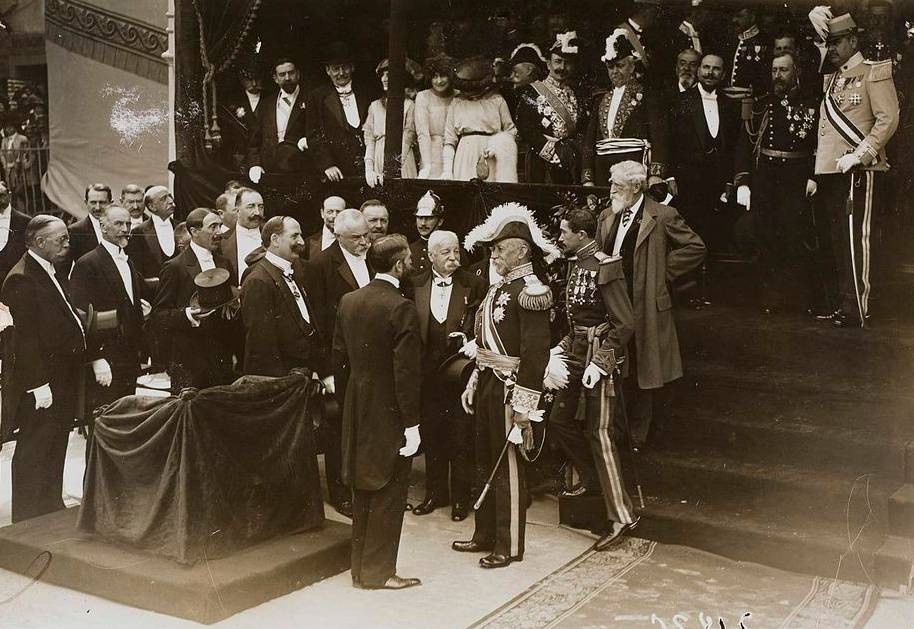 Unknown Author, Wikimedia Commons
Unknown Author, Wikimedia Commons
Commitments To Peace & Education
Alongside his commitment to the environment, Prince Albert I sponsored the creation of the International Institute of Peace in Monaco, after hosting the 11th annual Universal Peace Congress in 1902. A Monégasque constitution was devised during his reign and many new schools and universities, including a new public library, were built during his tenure.
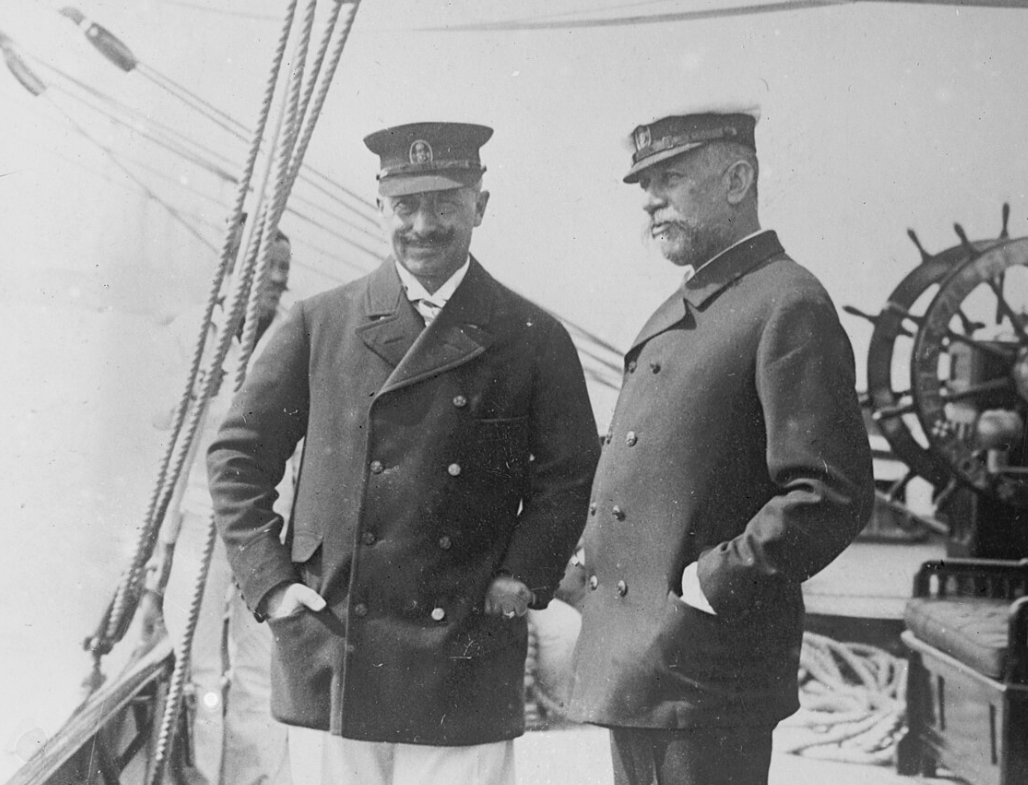 Bain News Service, Wikimedia Commons
Bain News Service, Wikimedia Commons
Social Infrastructure Building
Alongside his patronage of the arts, a great deal of social infrastructure was built during his tenure, including wastewater and sewage treatment facilities, improvements made to the drinking water supply of Monaco, electricity, and the installation of a telephone network. The Prince was one of the first European monarchs to actively take a role in the early 20th century in modernizing his country.
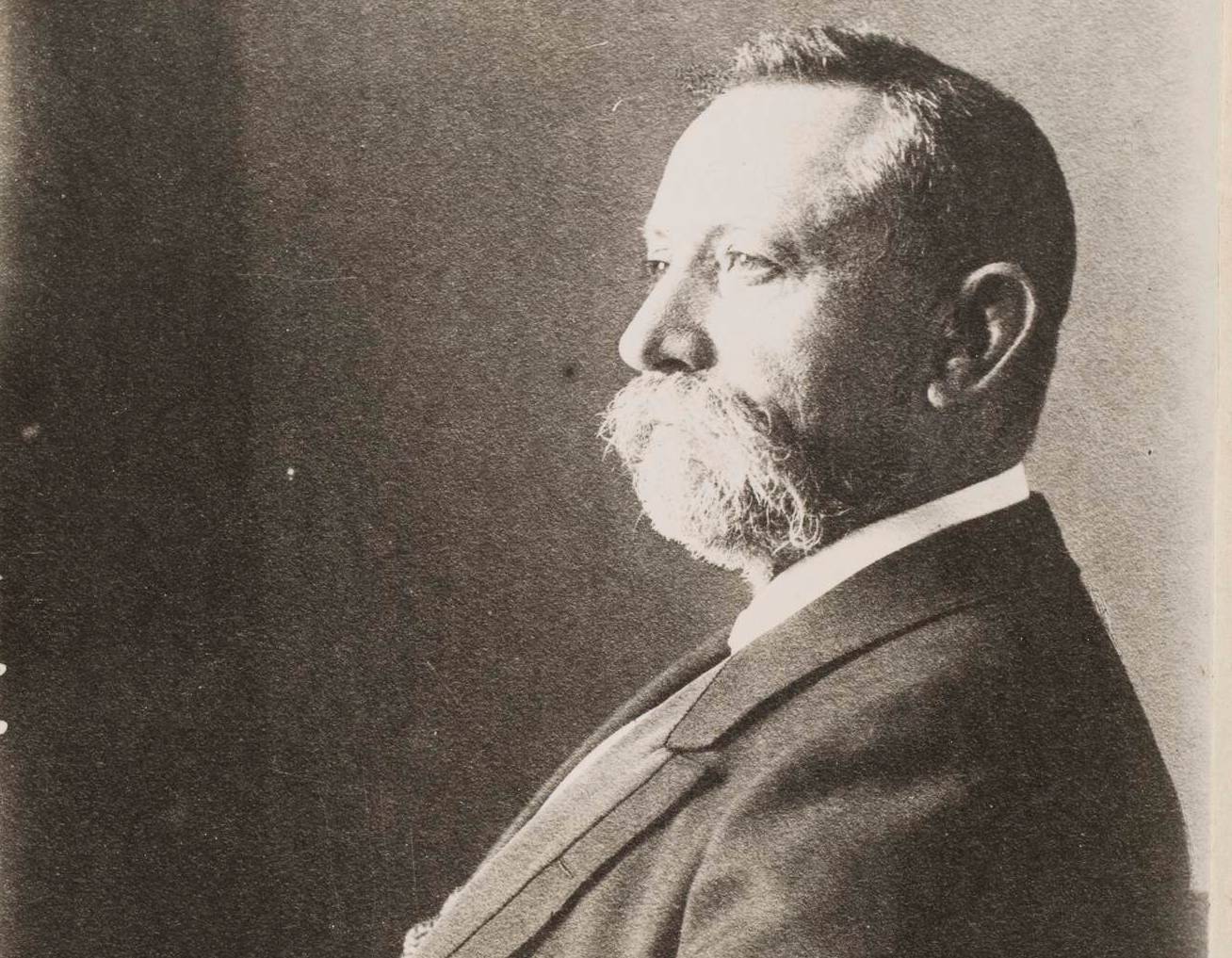 Unknown Author, Wikimedia Commons
Unknown Author, Wikimedia Commons
Nature's Homage To The Great Man?
Almost 60 years after the passing of Monaco's sailor prince, a French marine biologist discovered a giant tropical seaweed known as Caulerpa taxifolia underneath the walls of the museum. Where it came from remains a mystery, but perhaps it was nature's way of saying thank you to Prince Albert I.
You May Also Like:
The Shawnee: The People Of The Northeastern Woods


